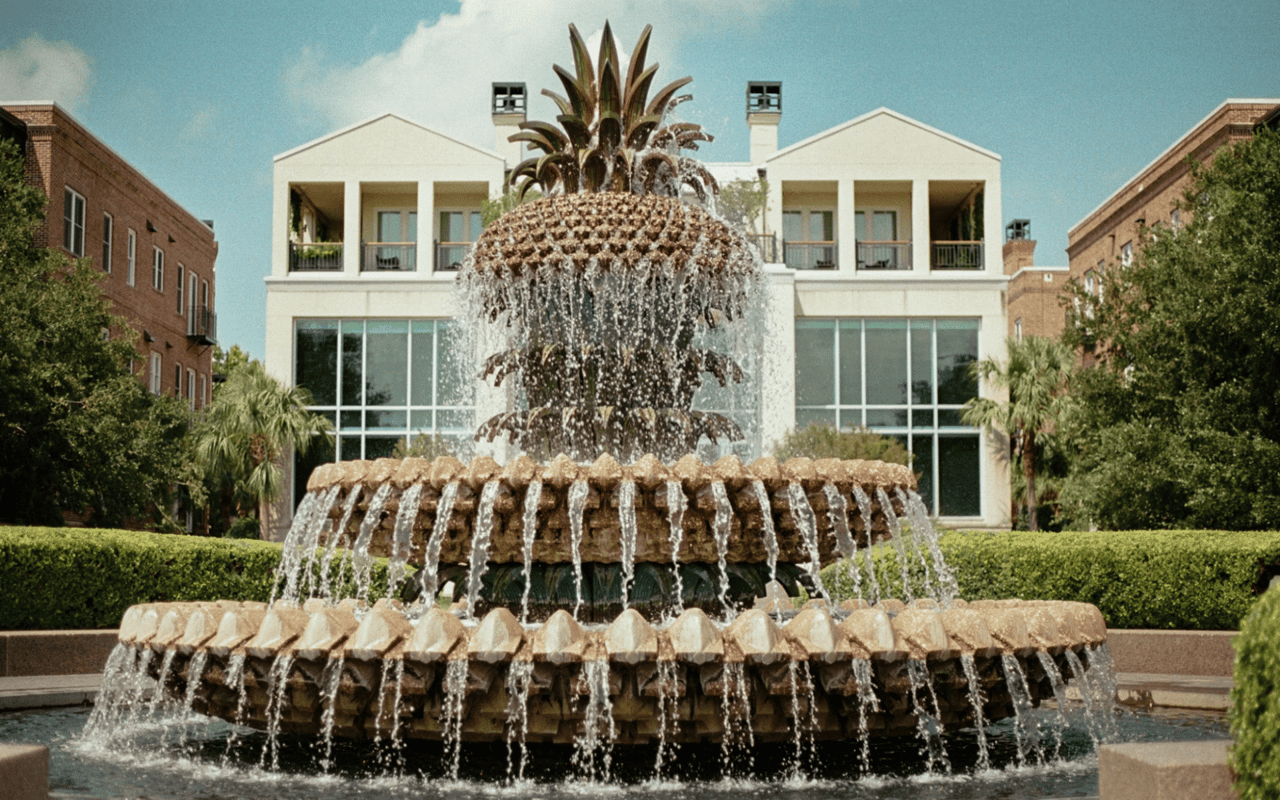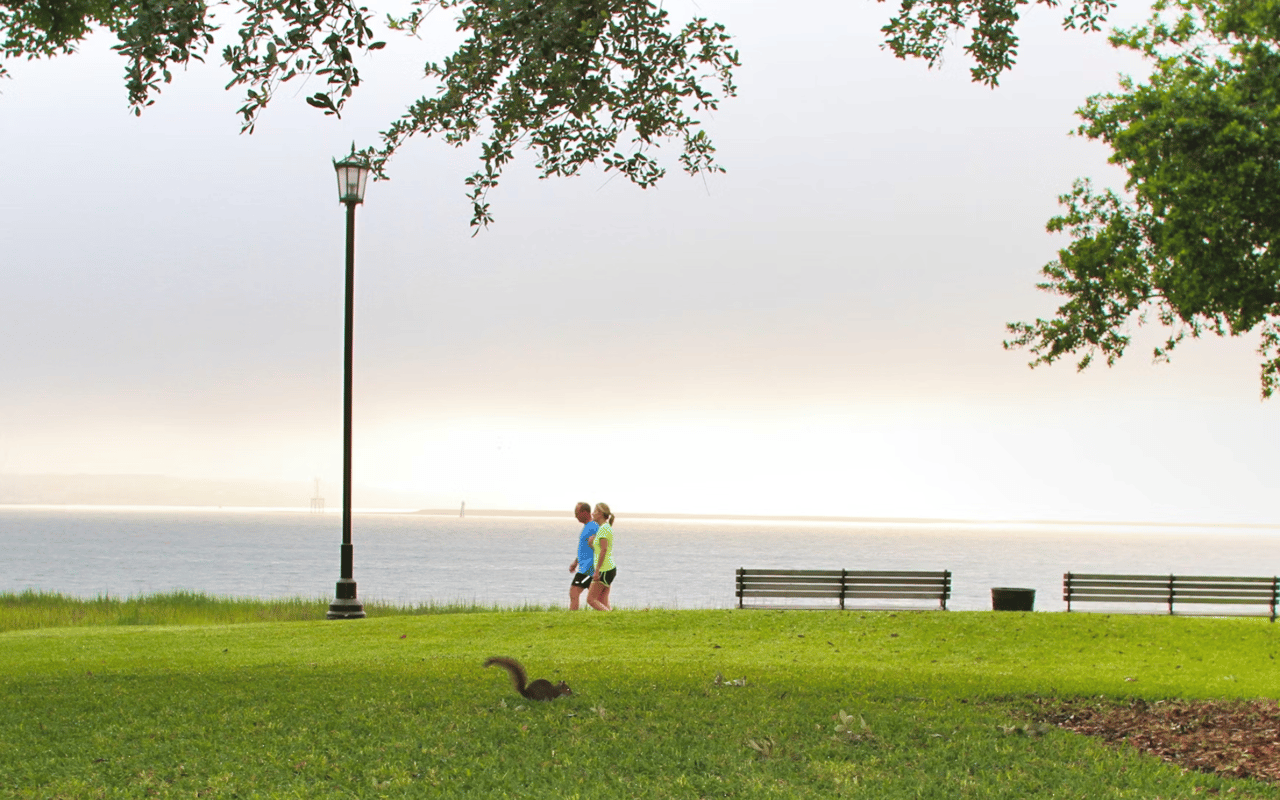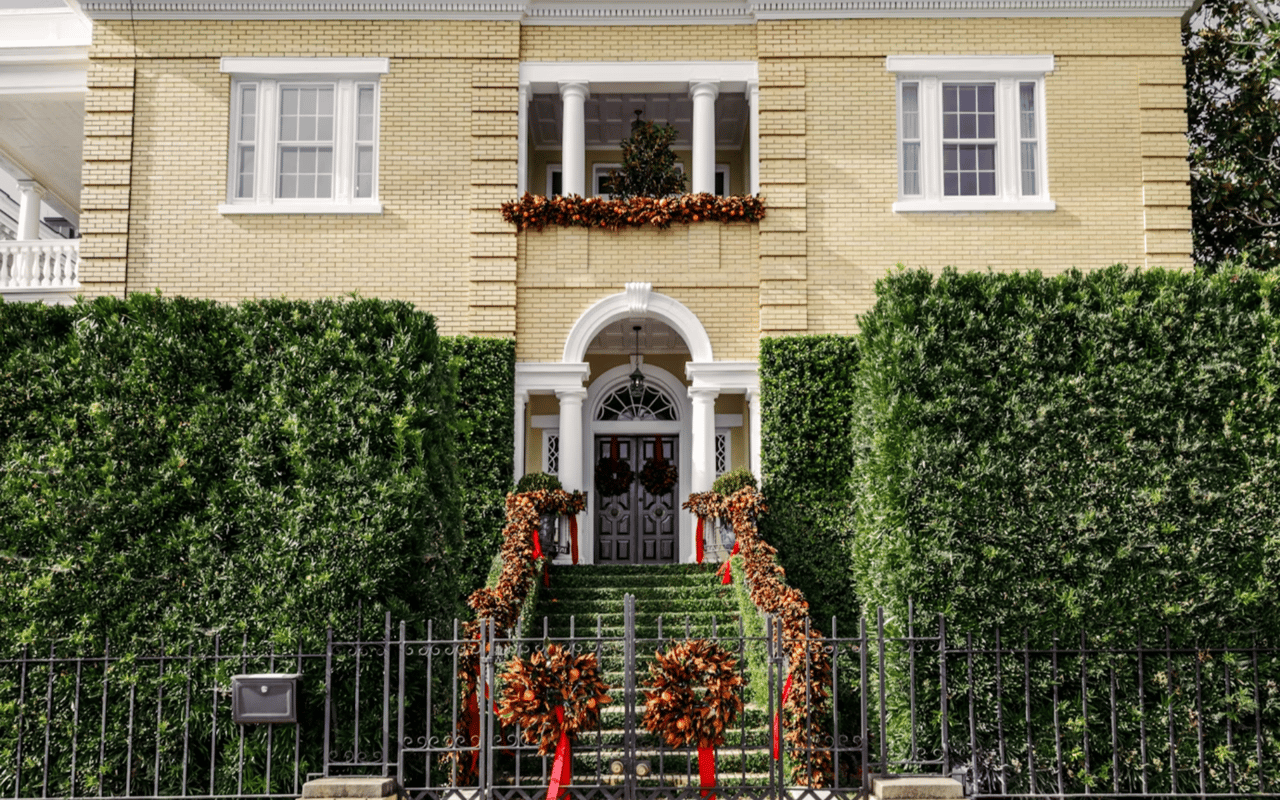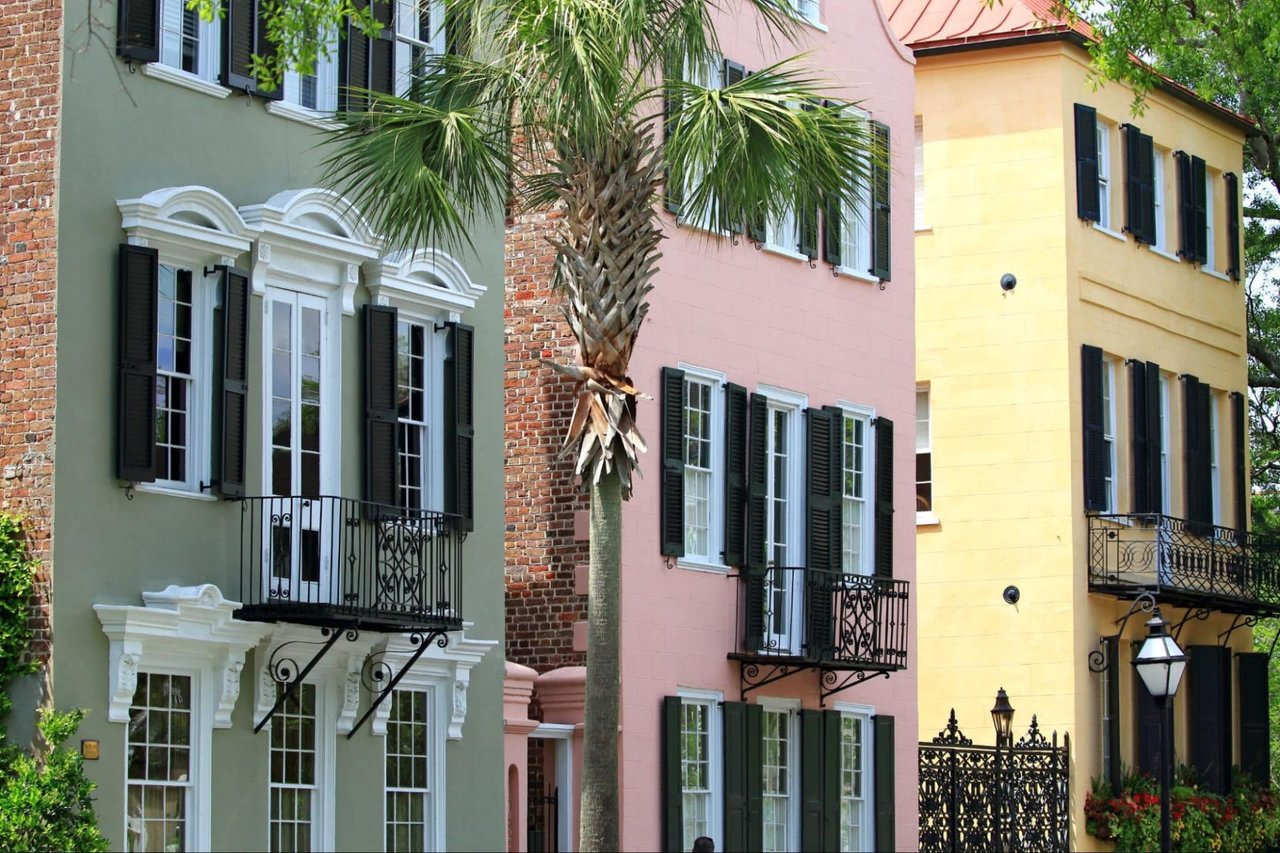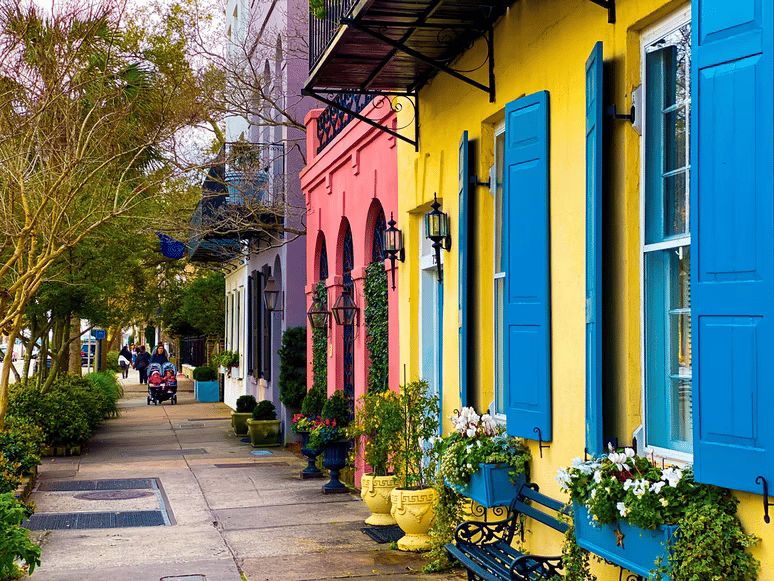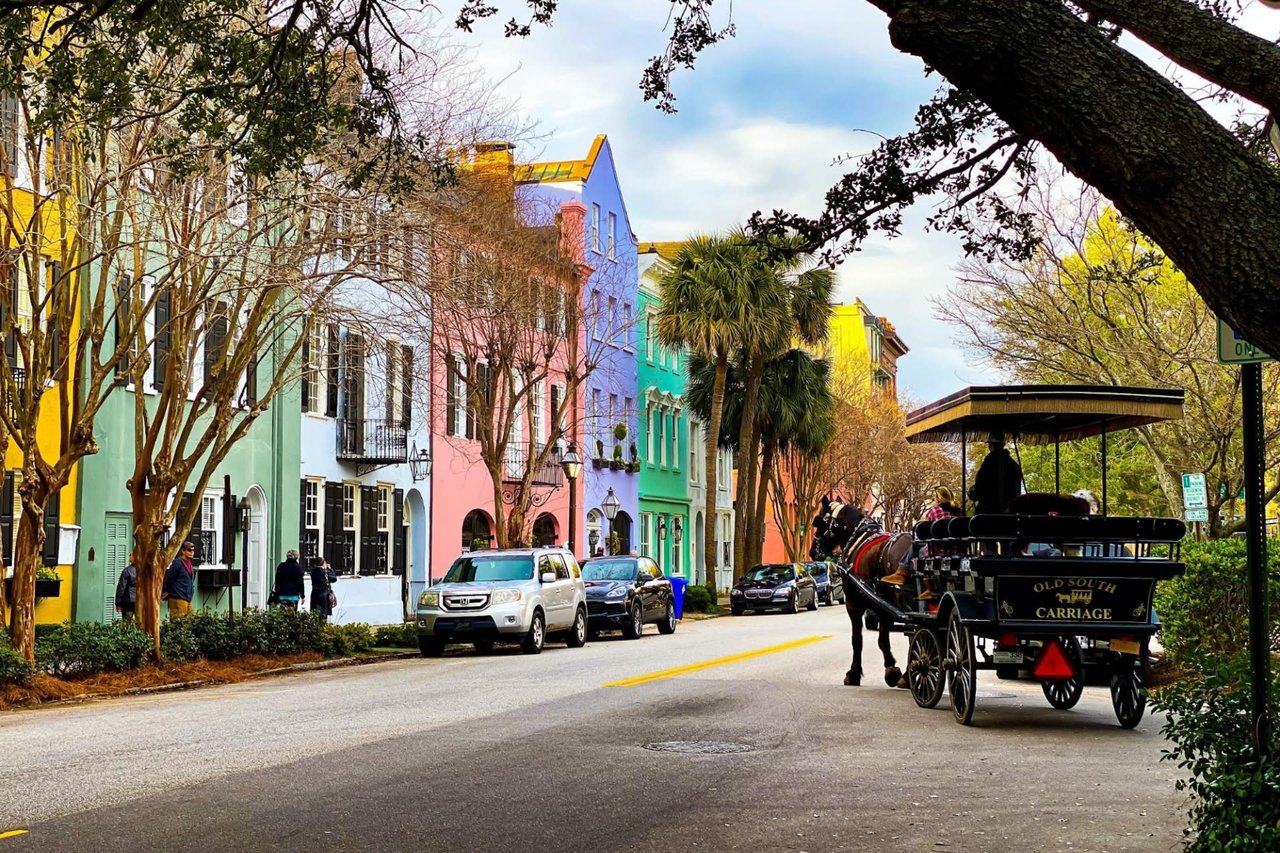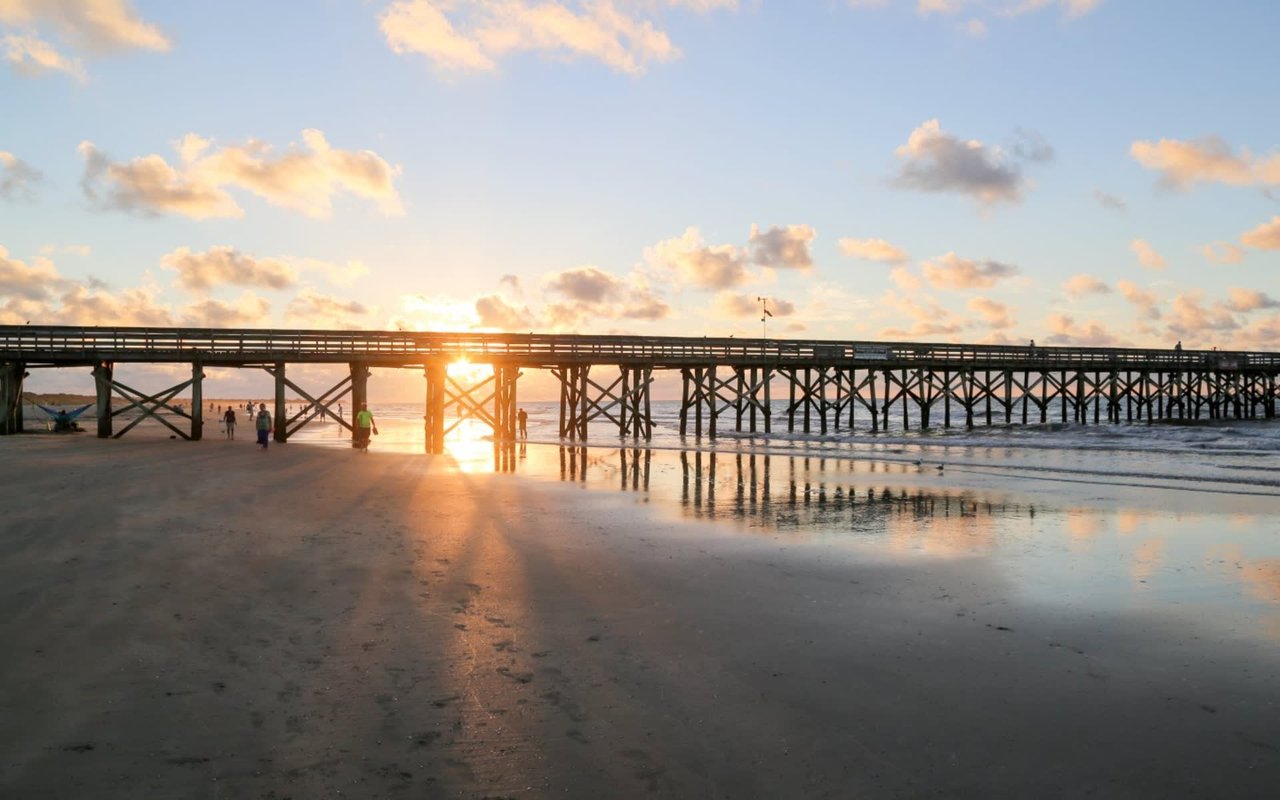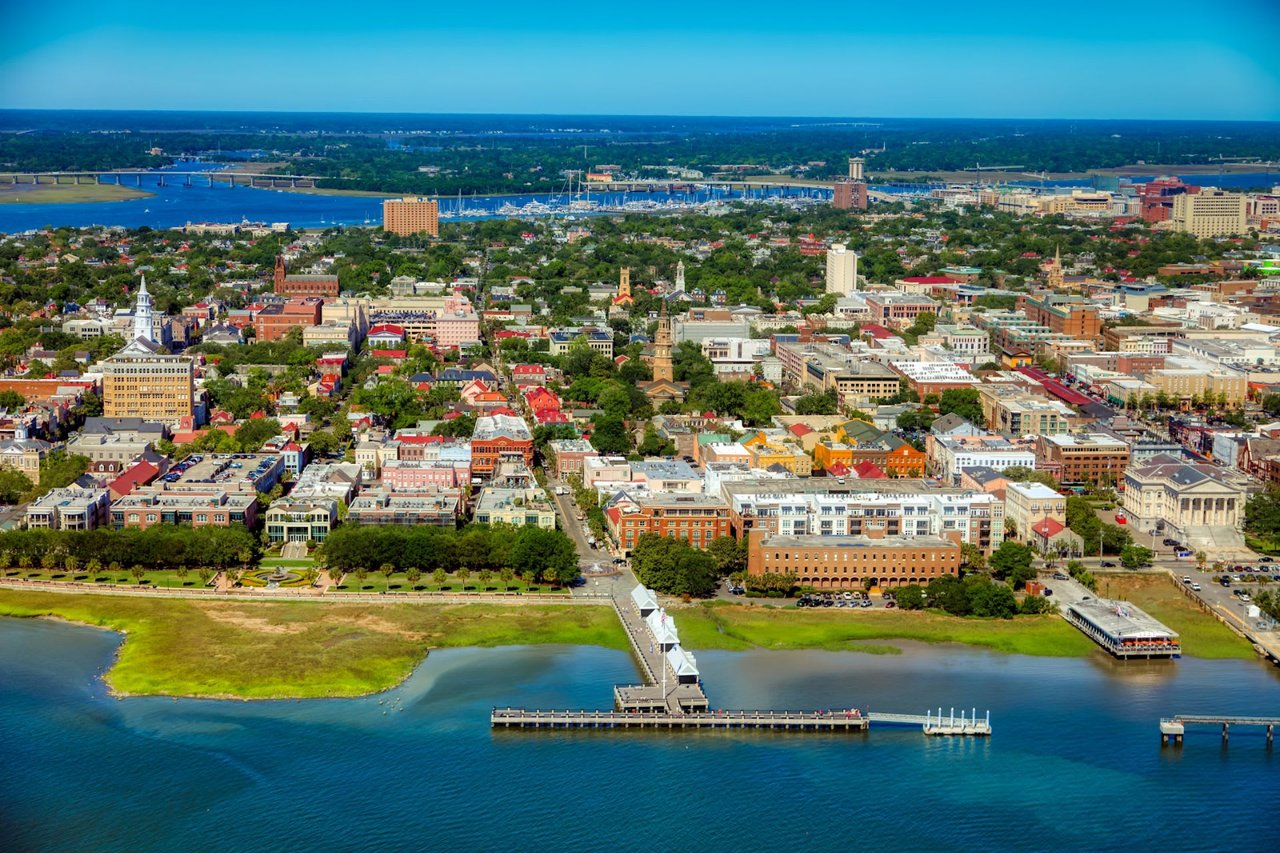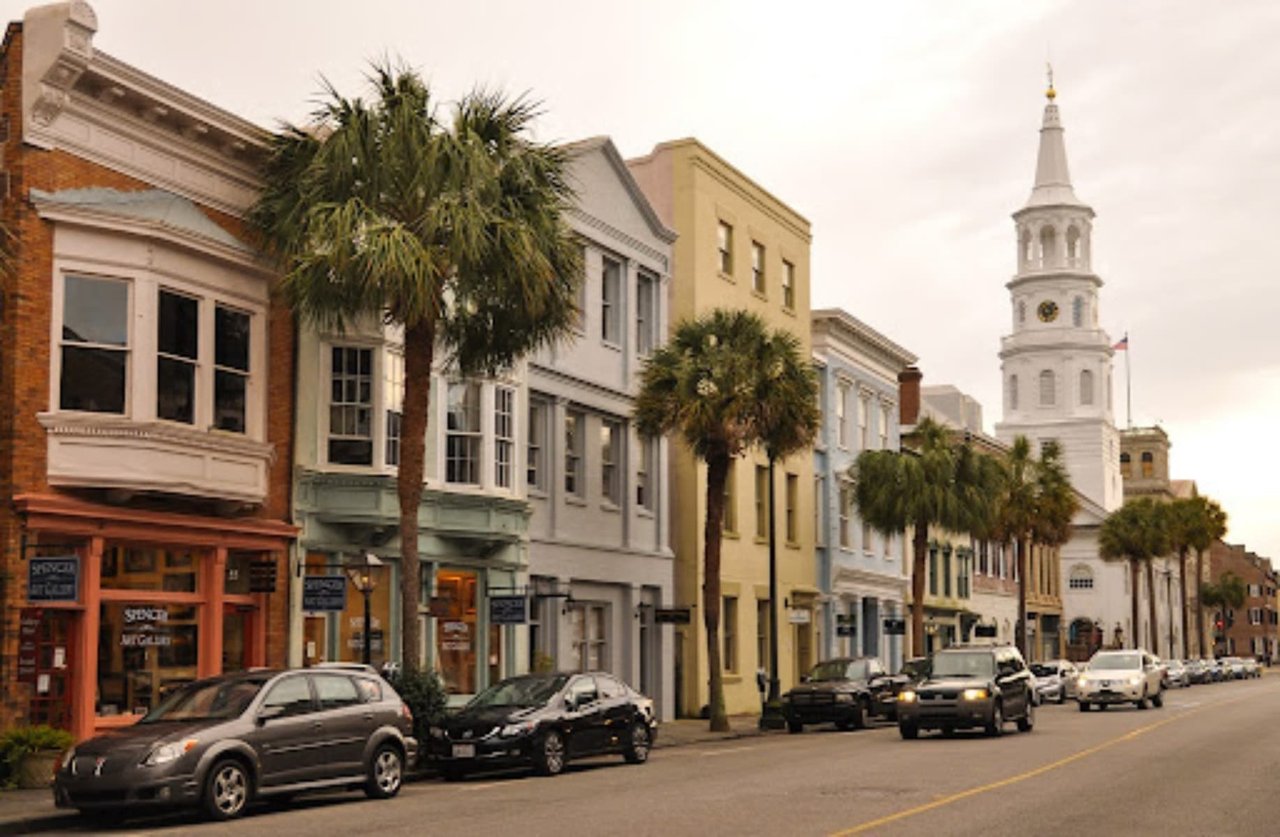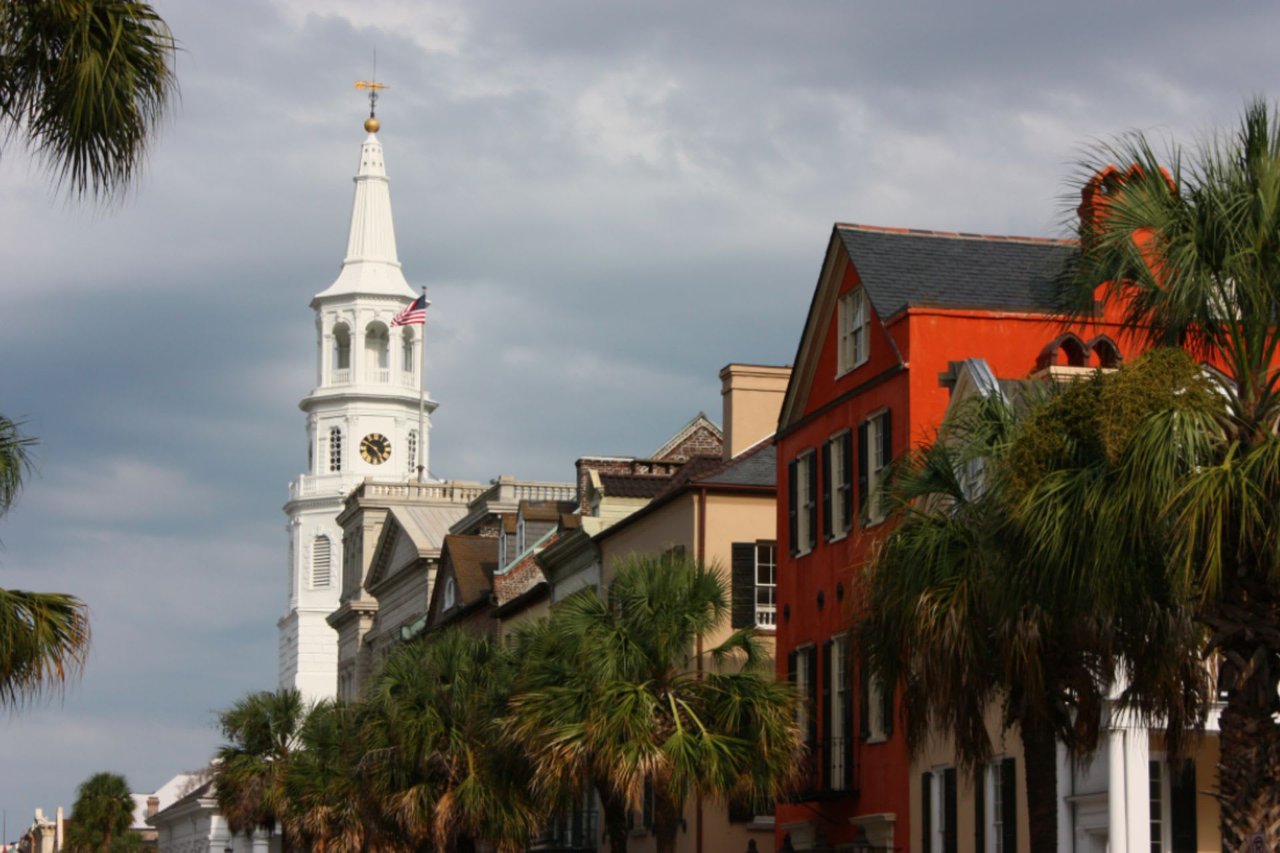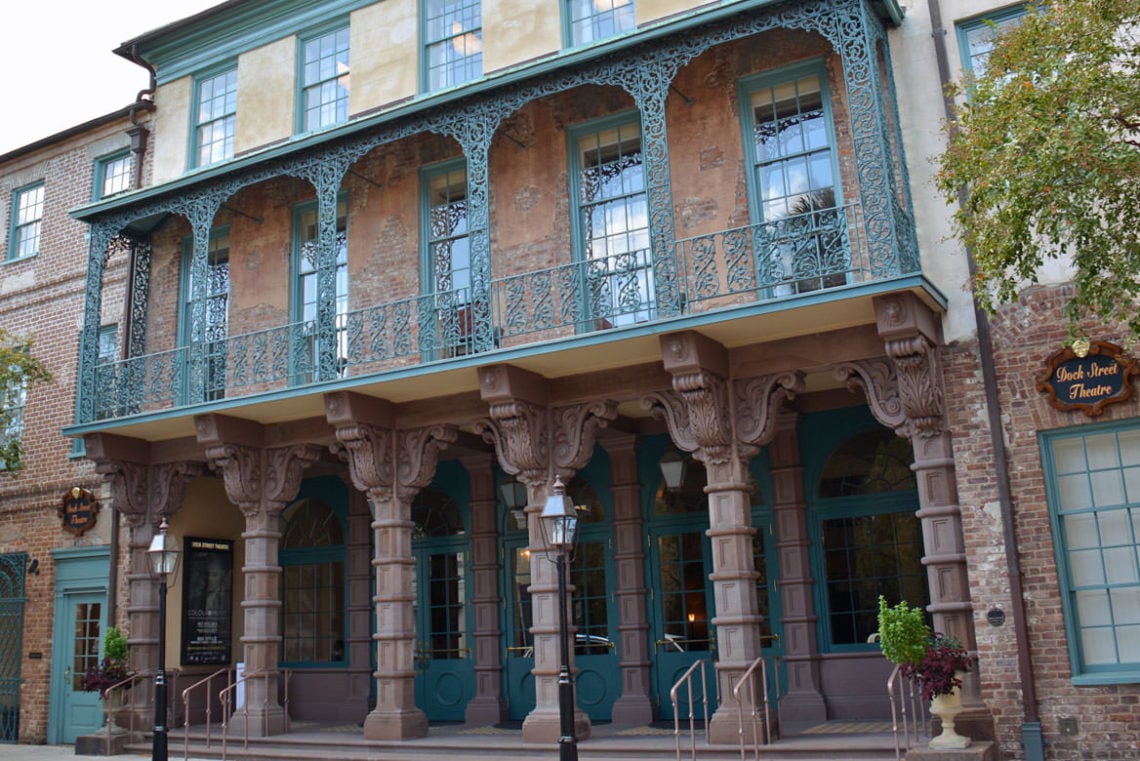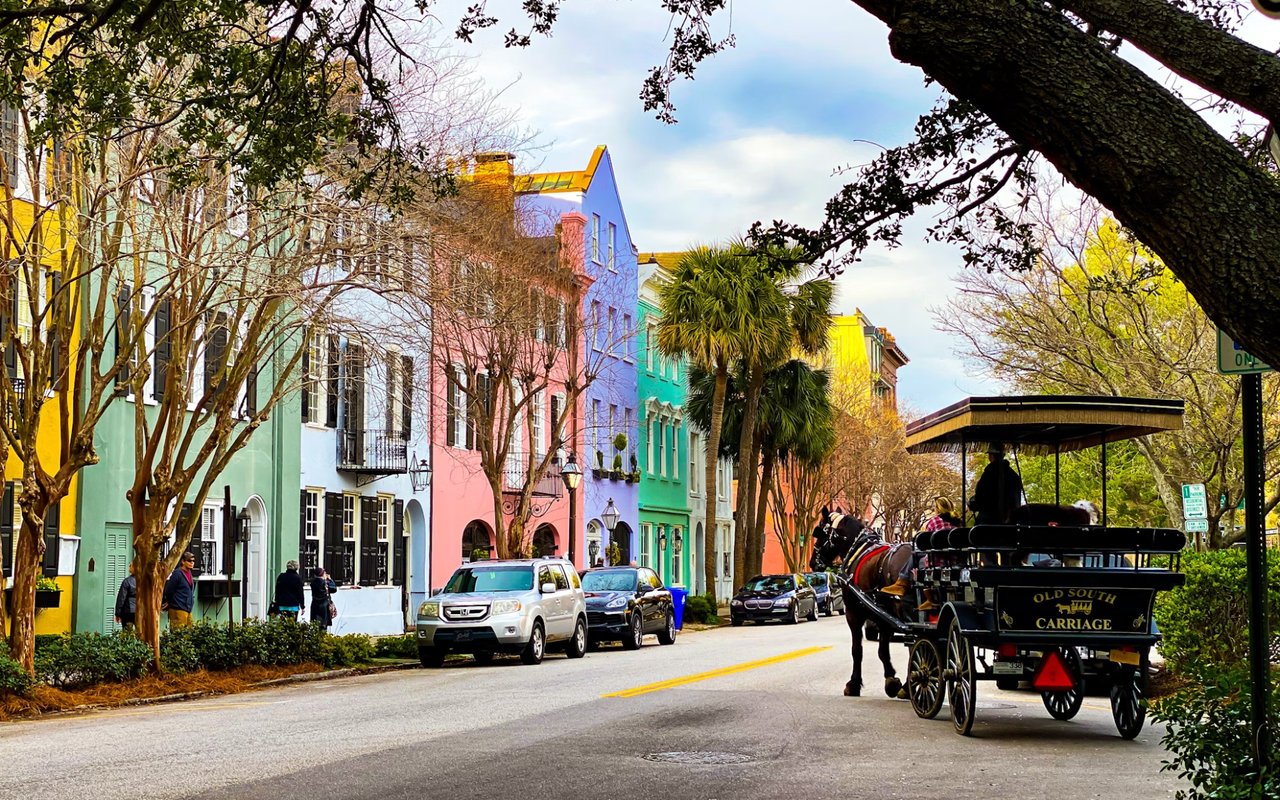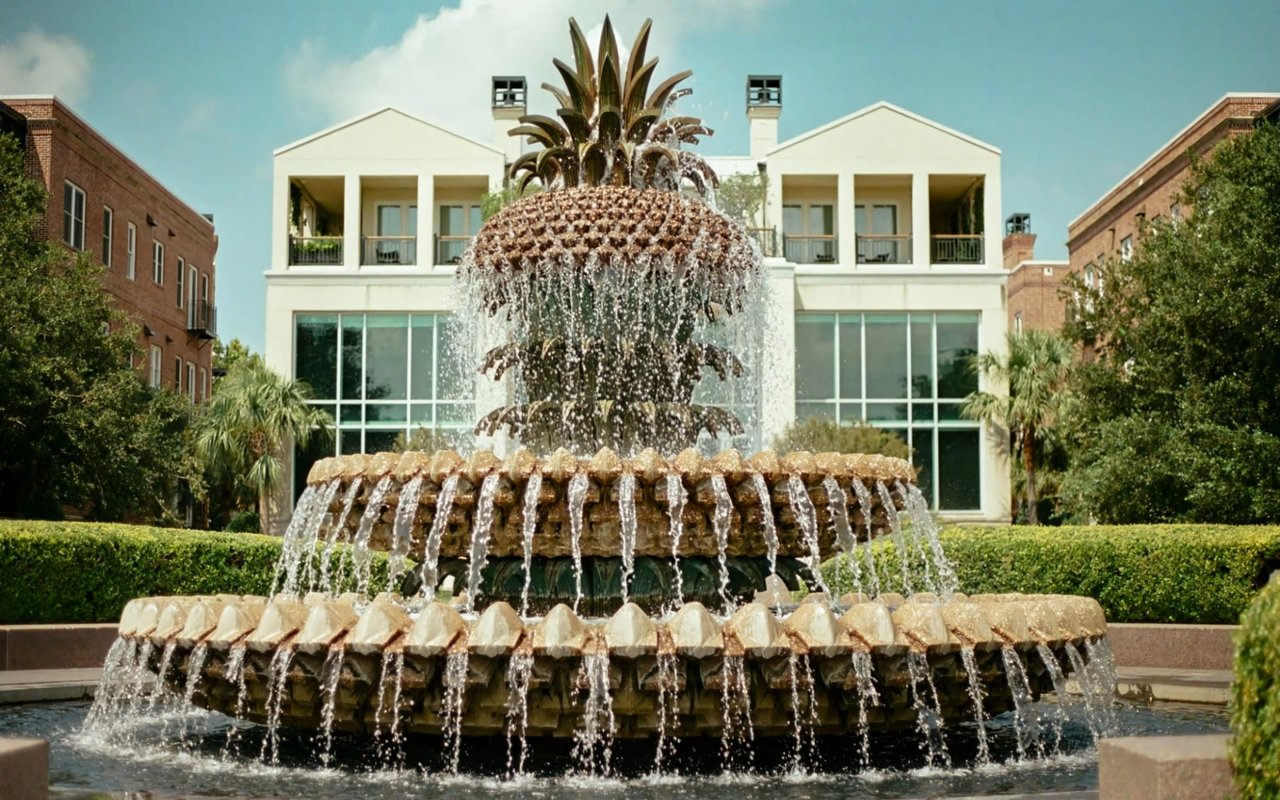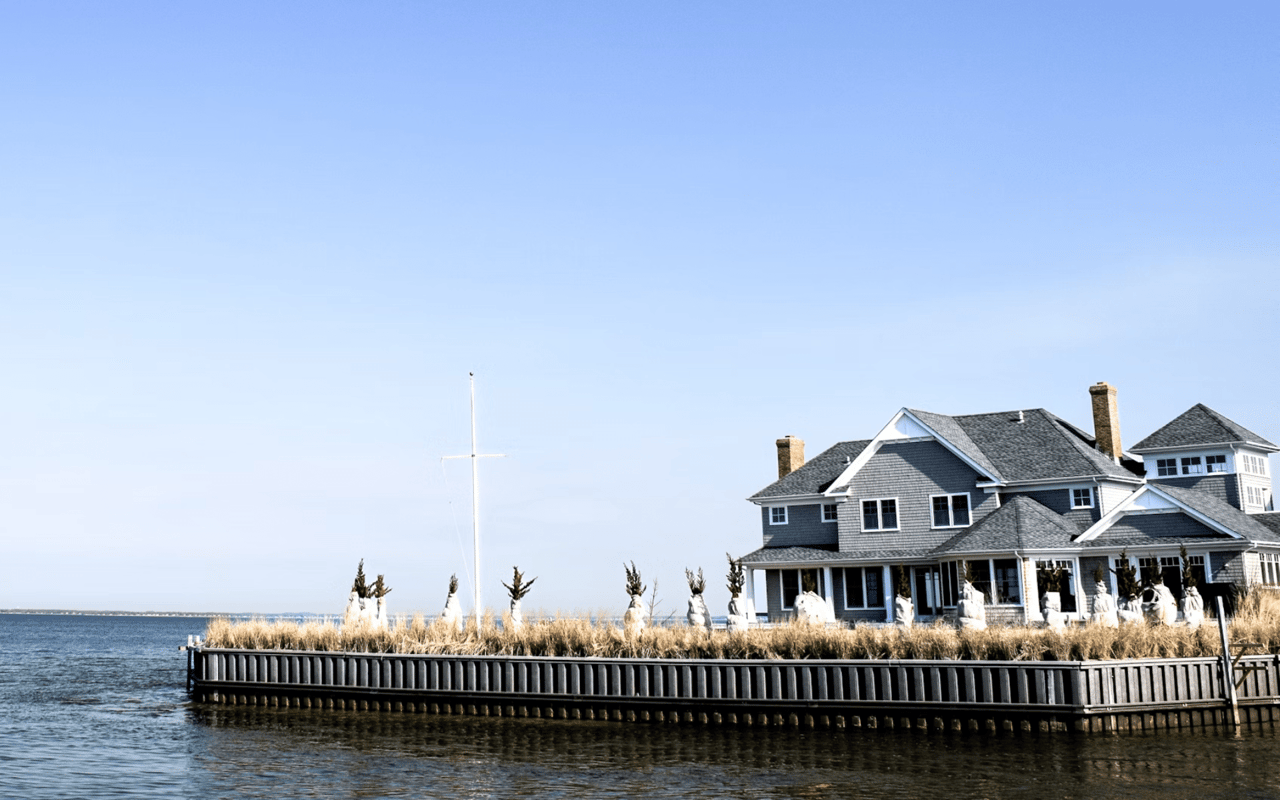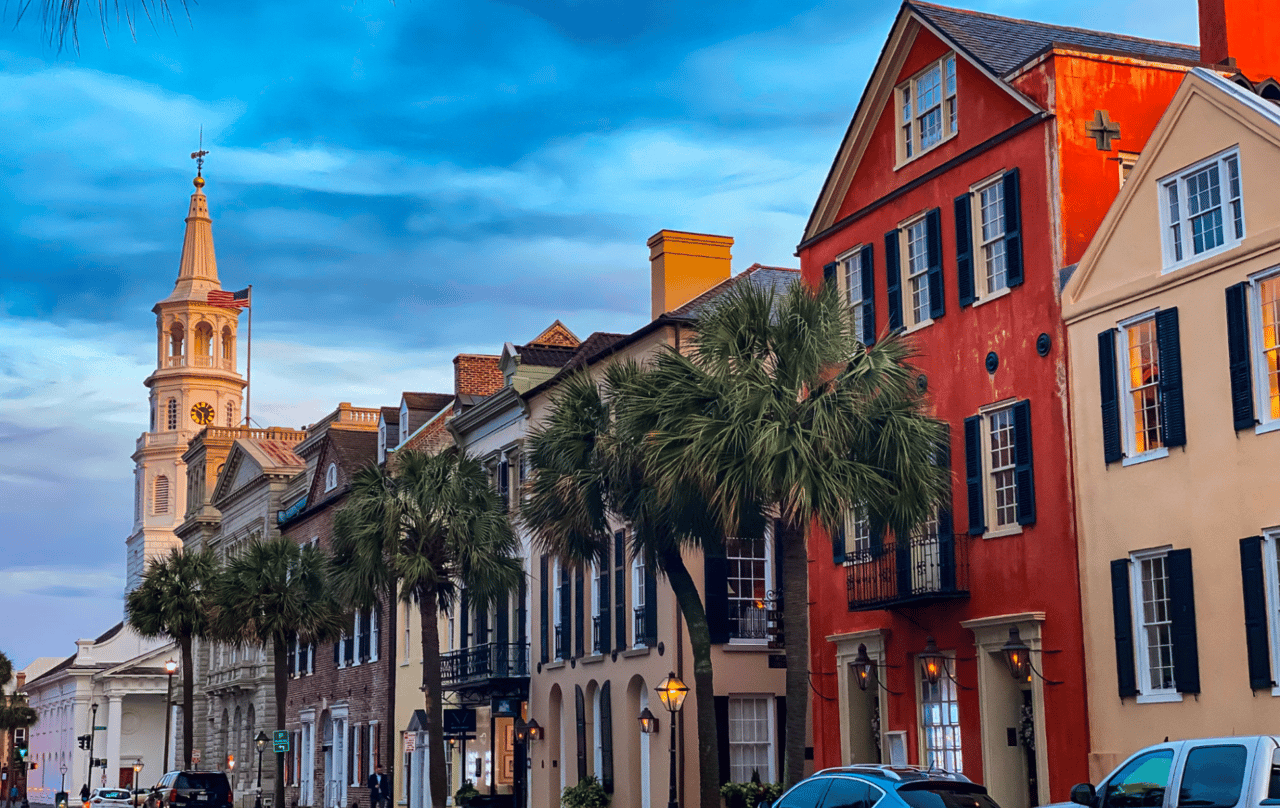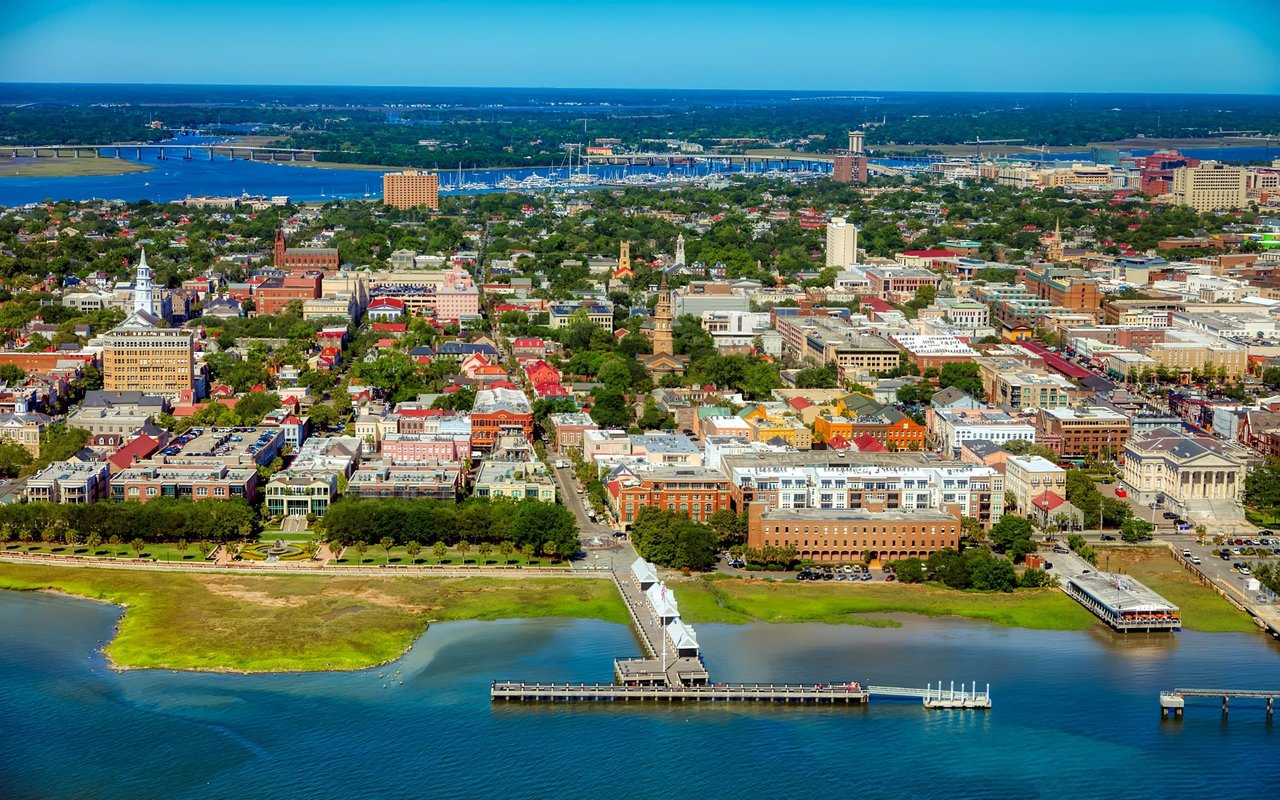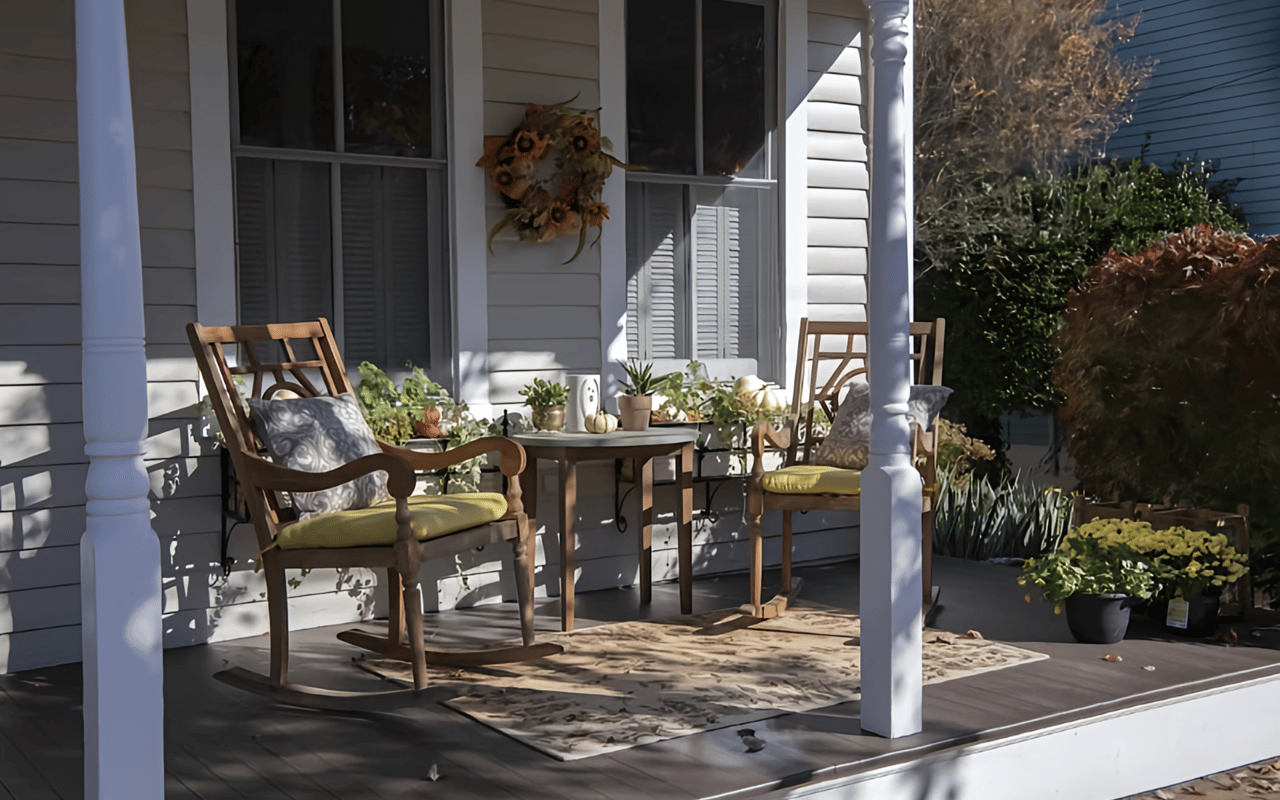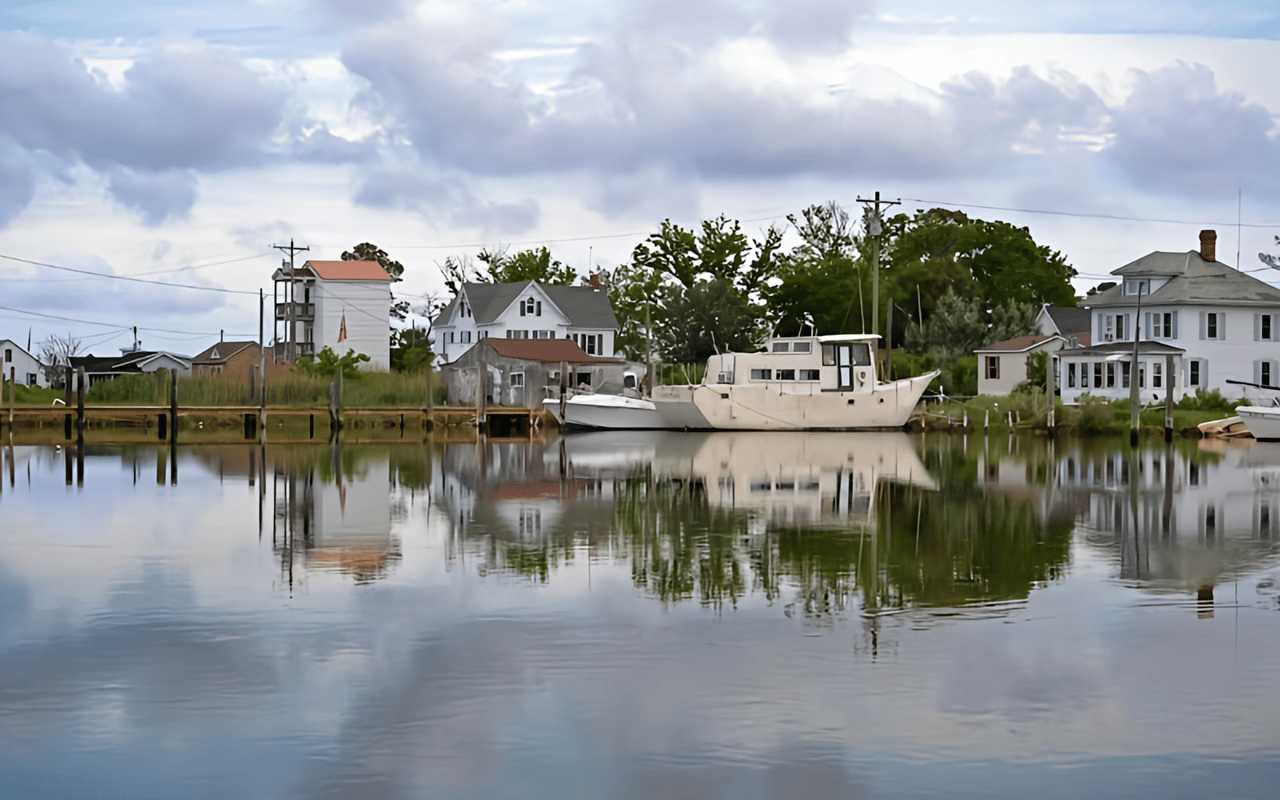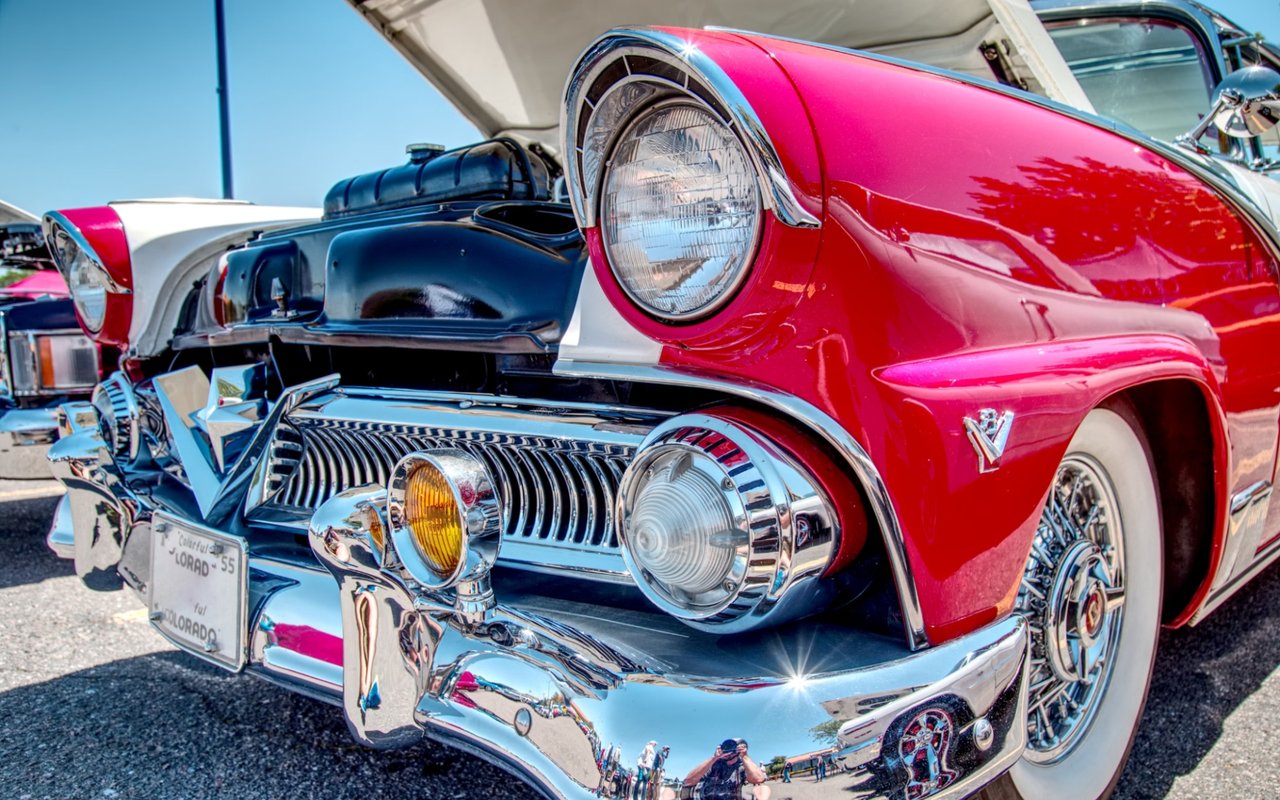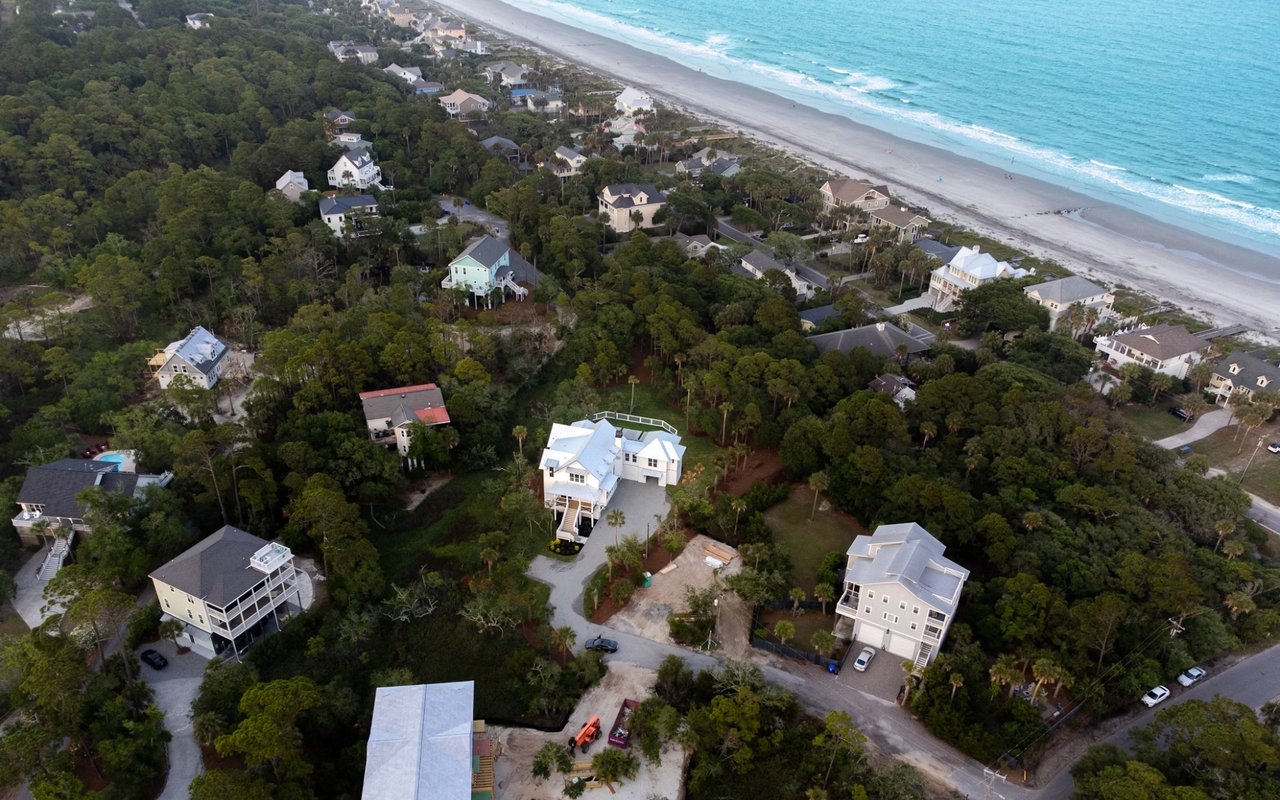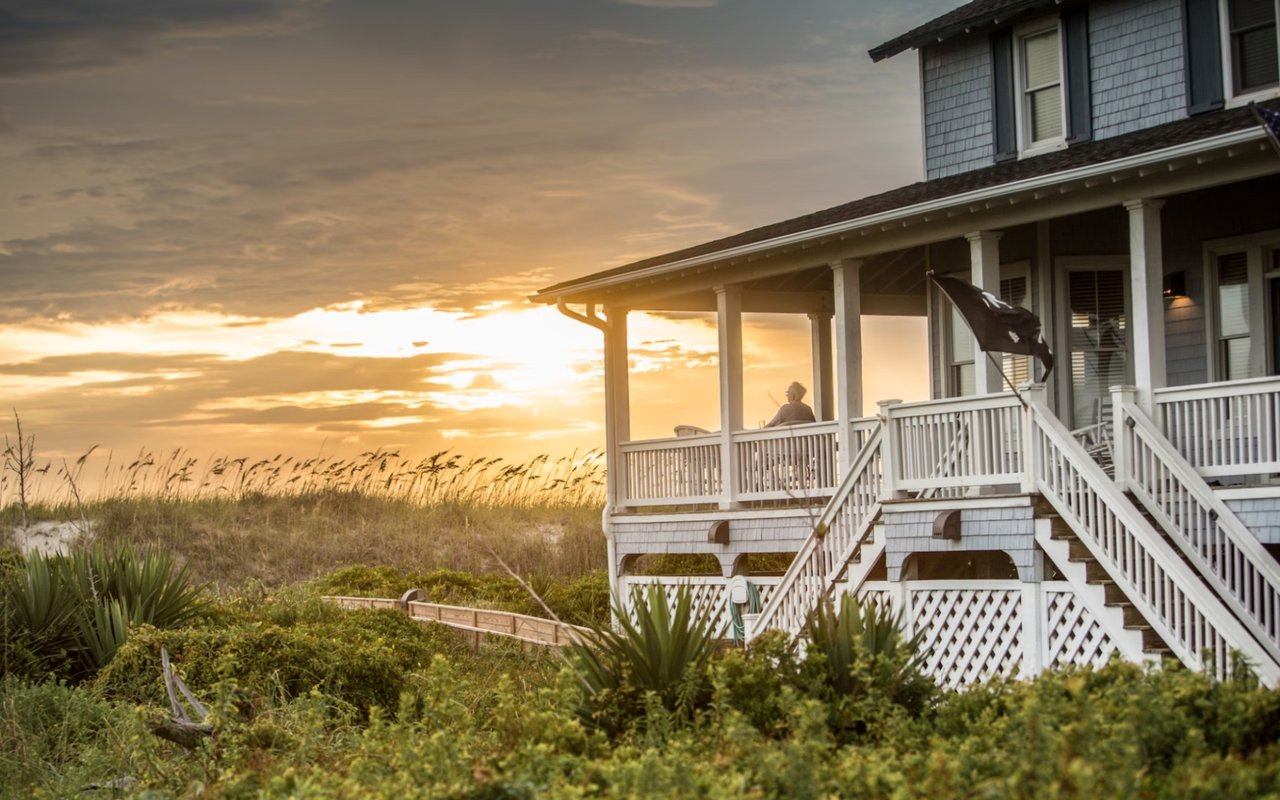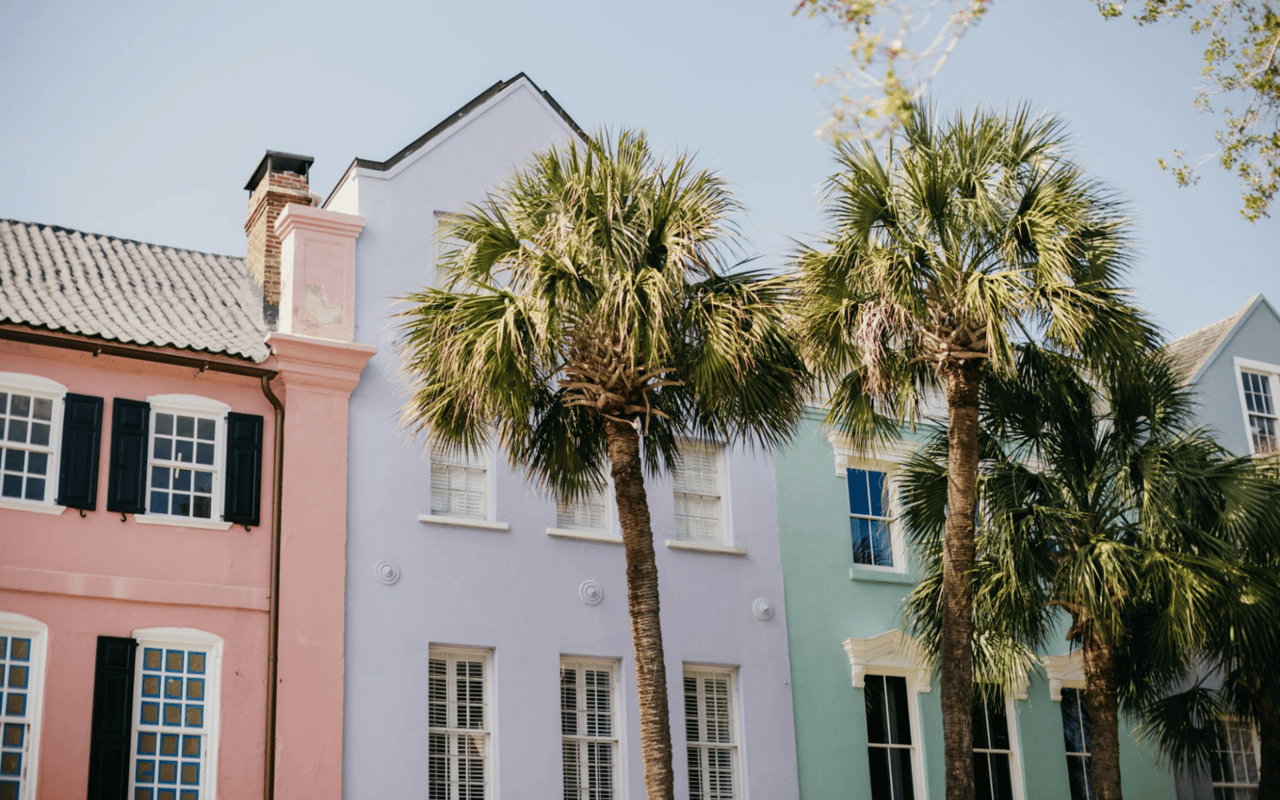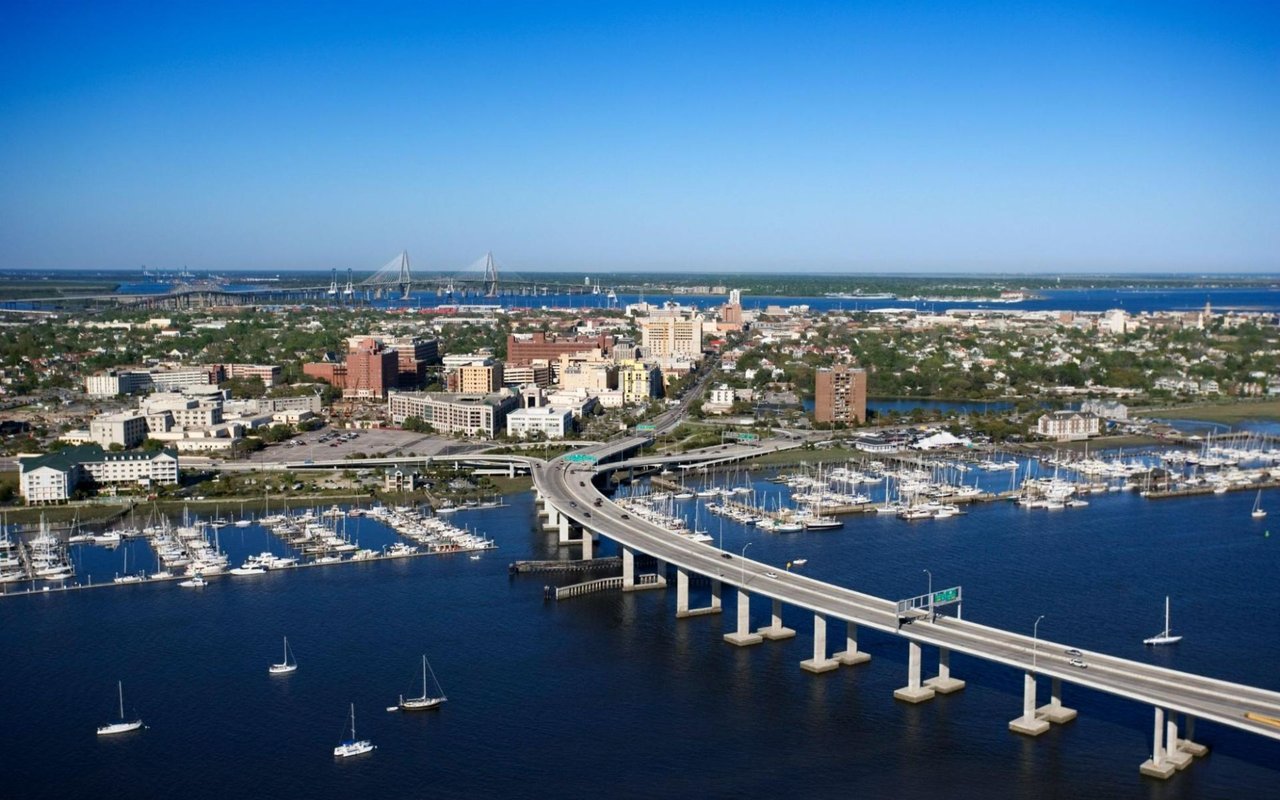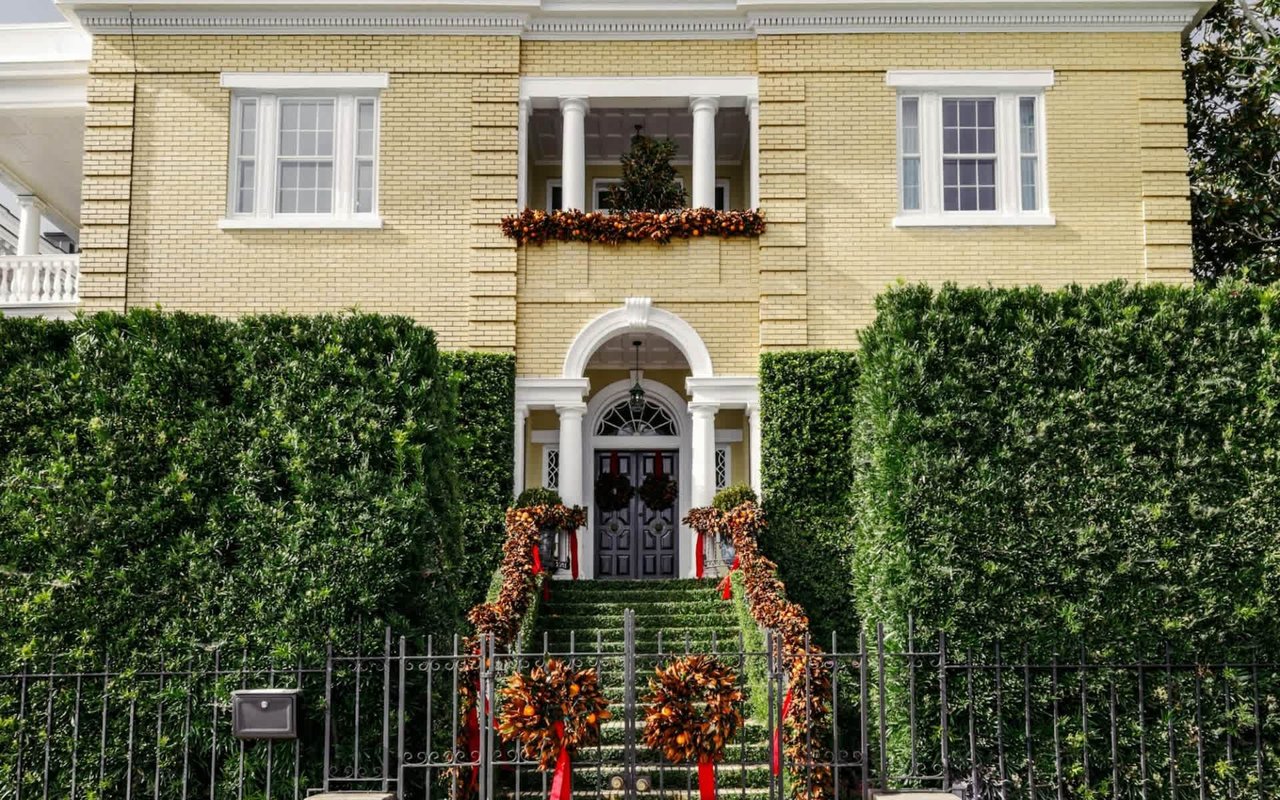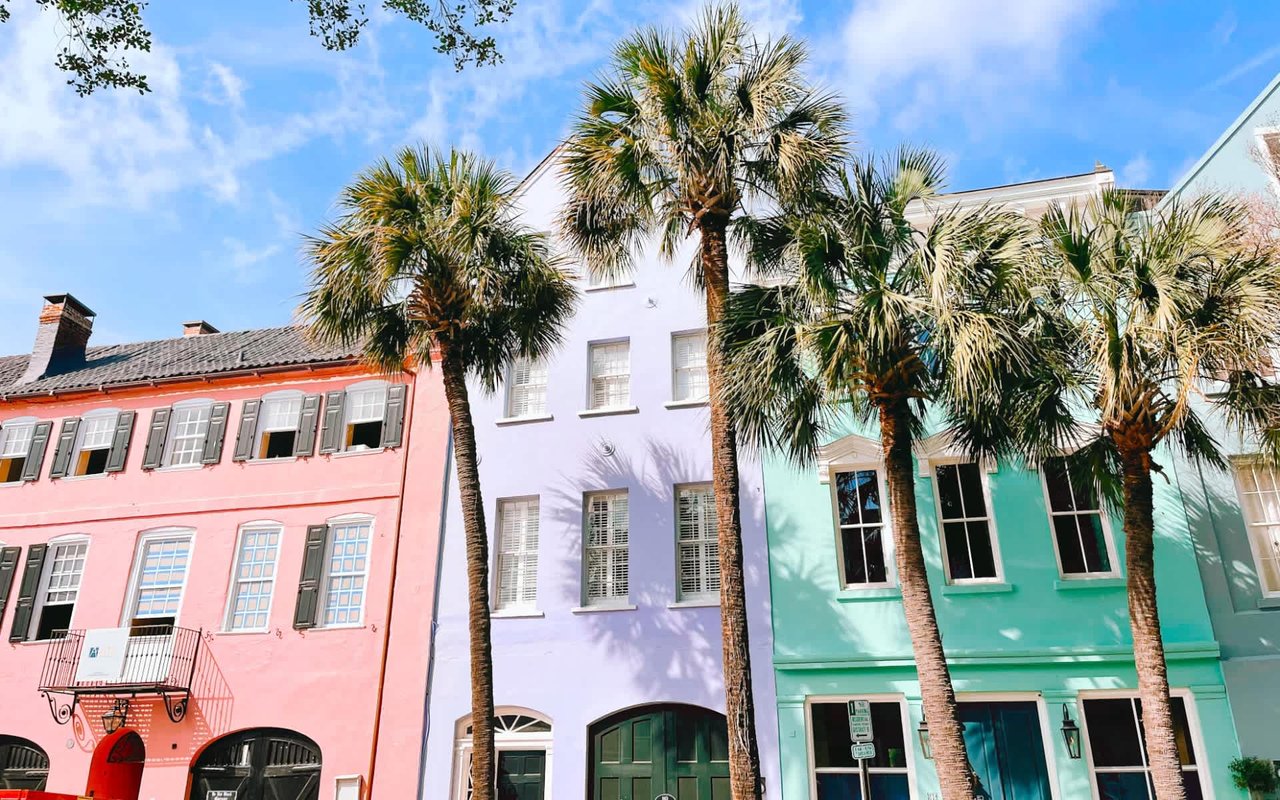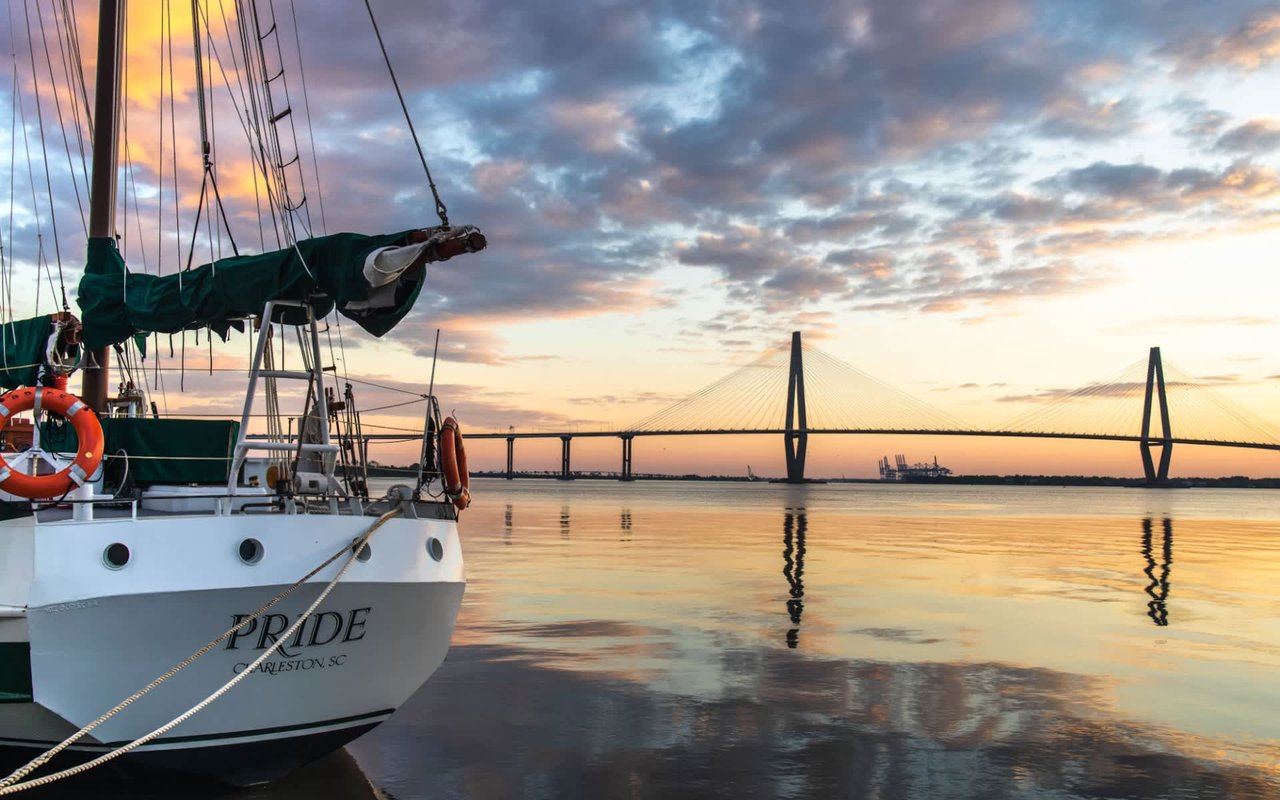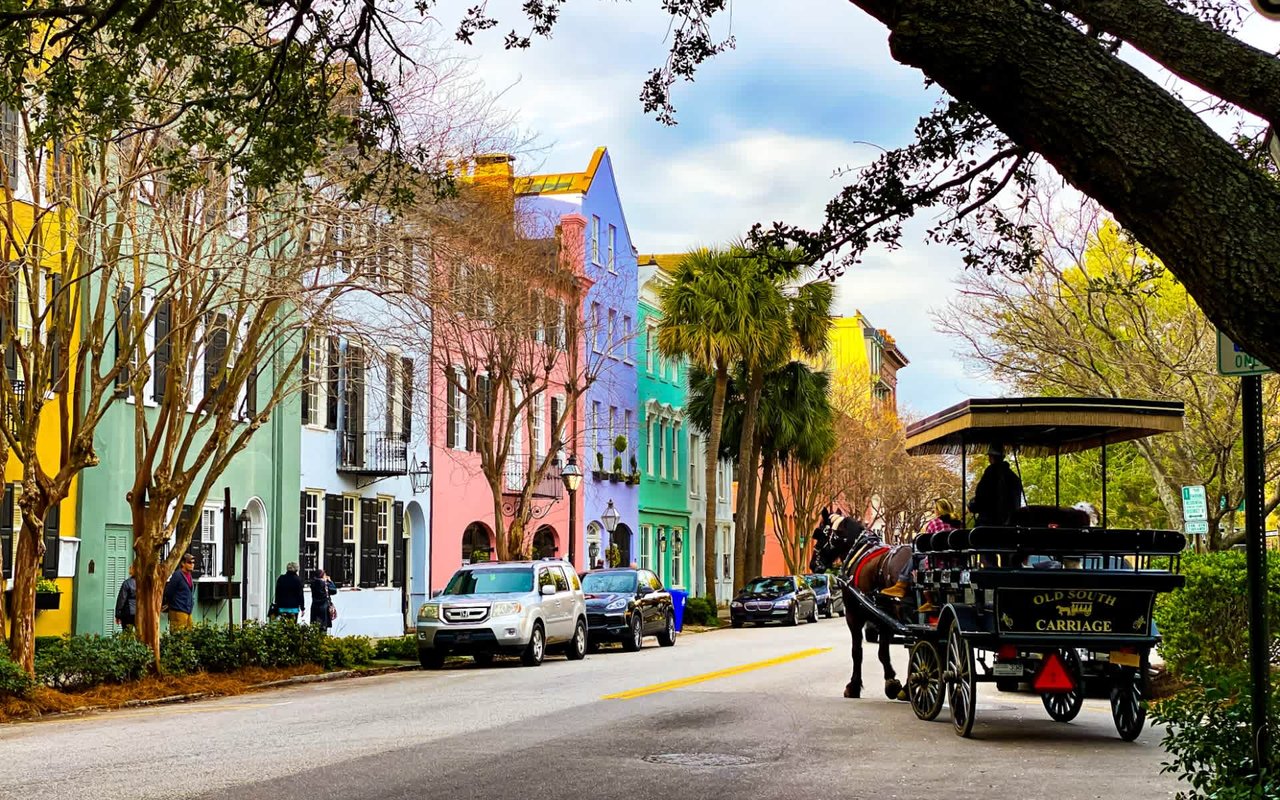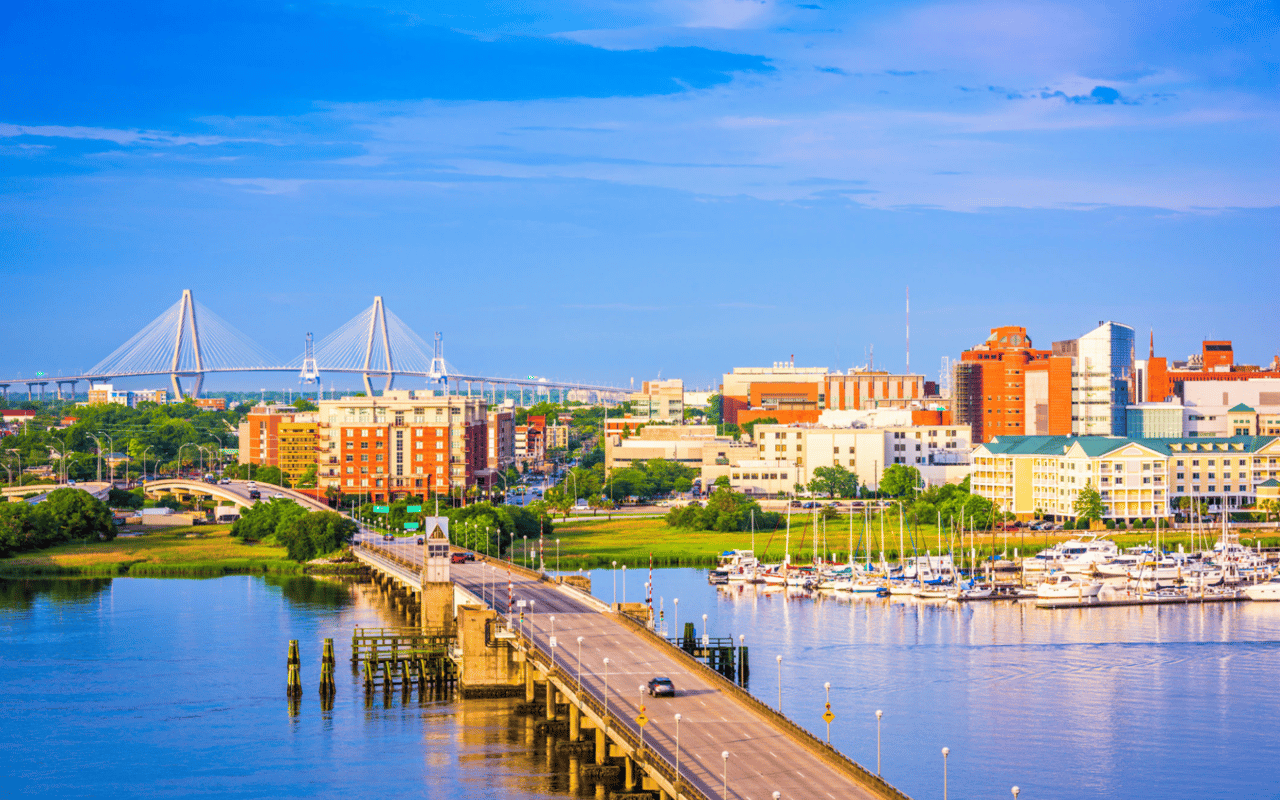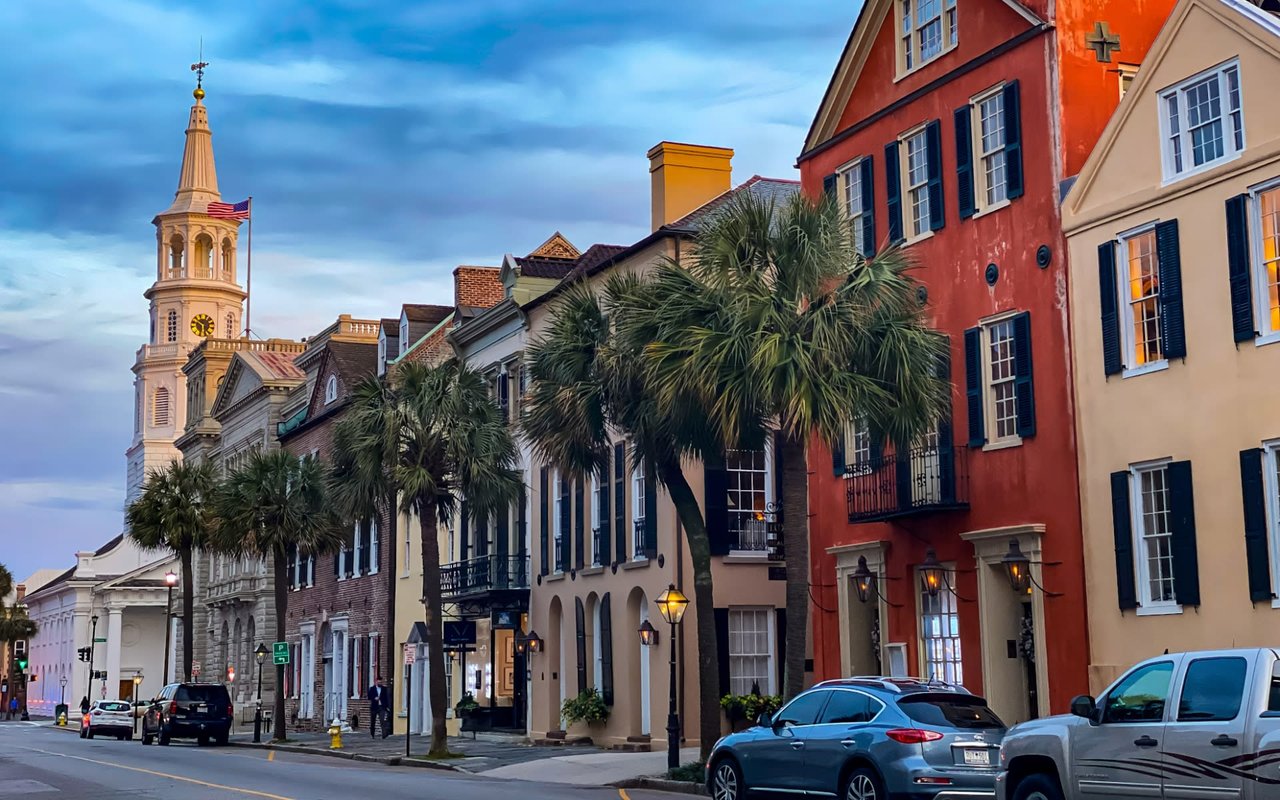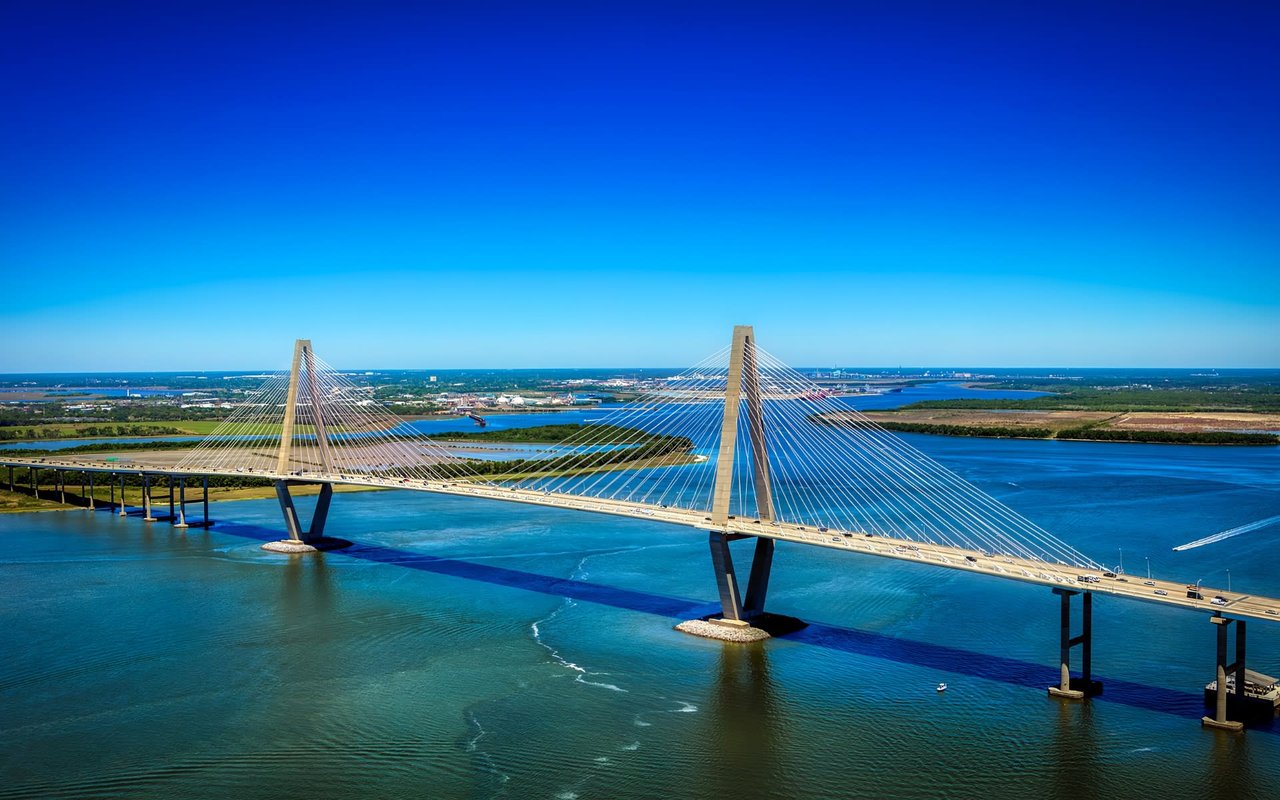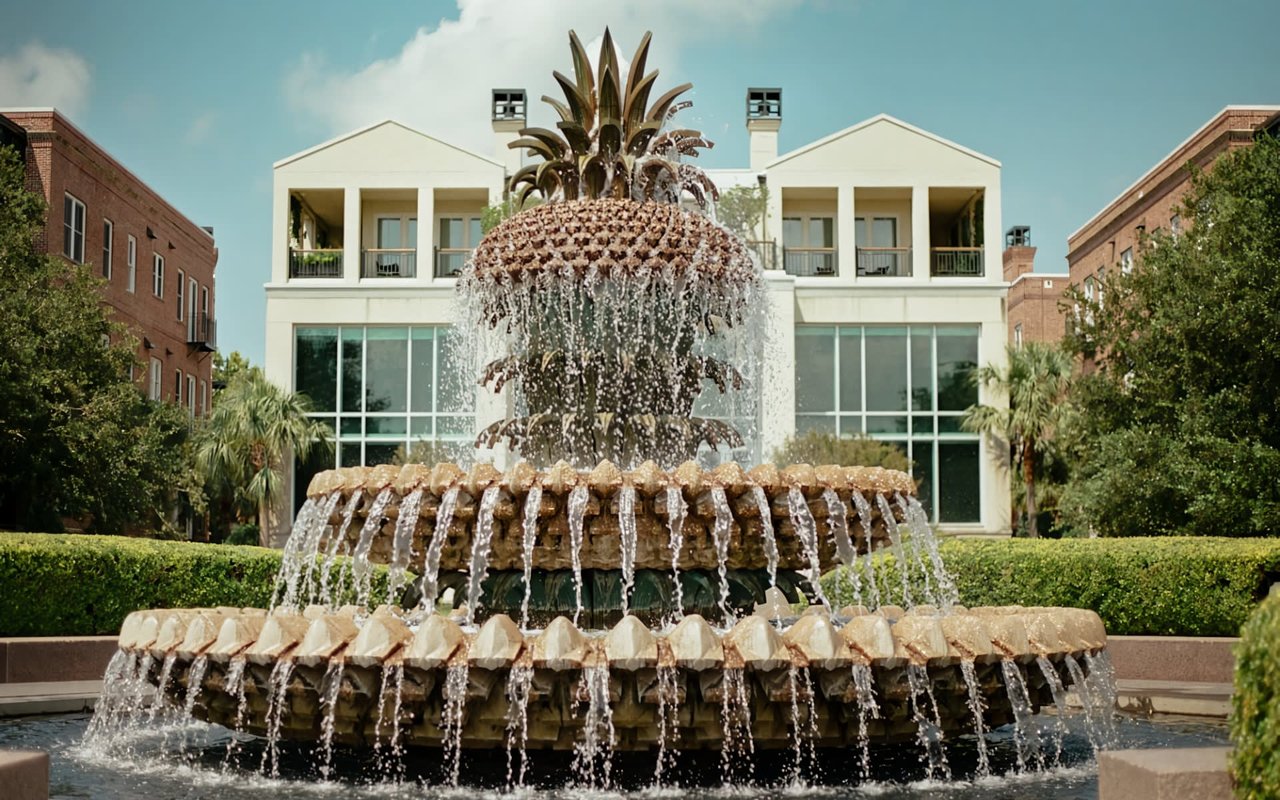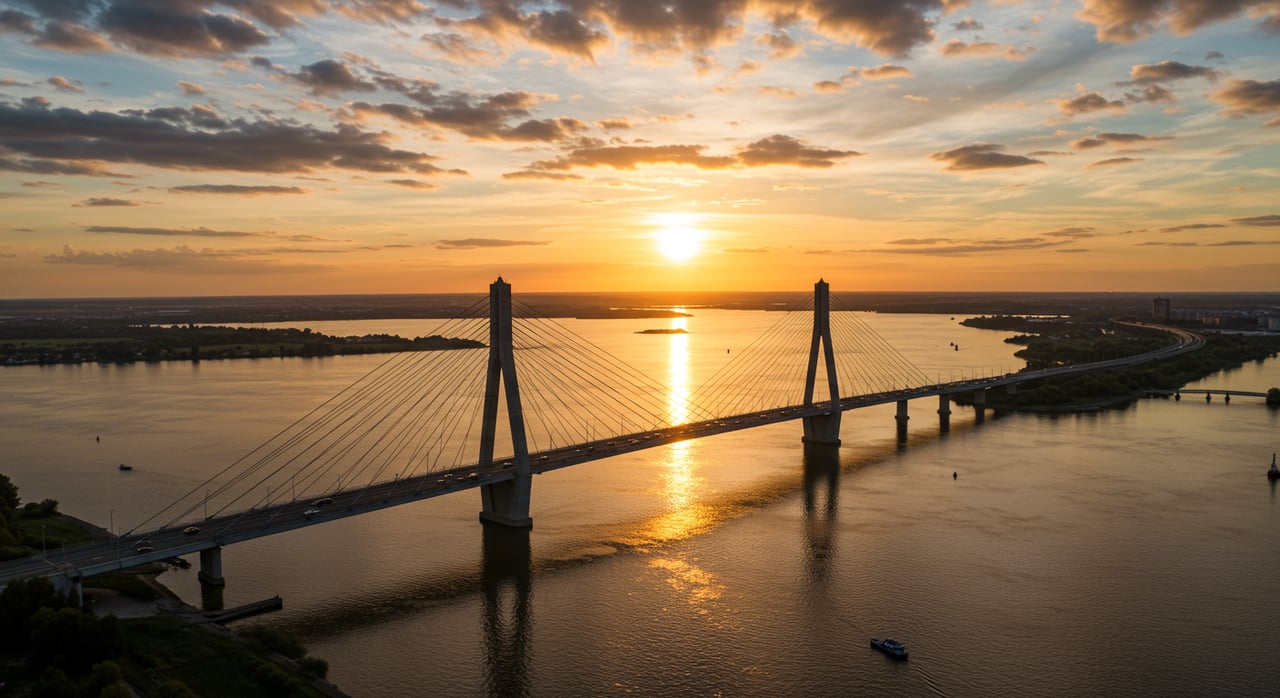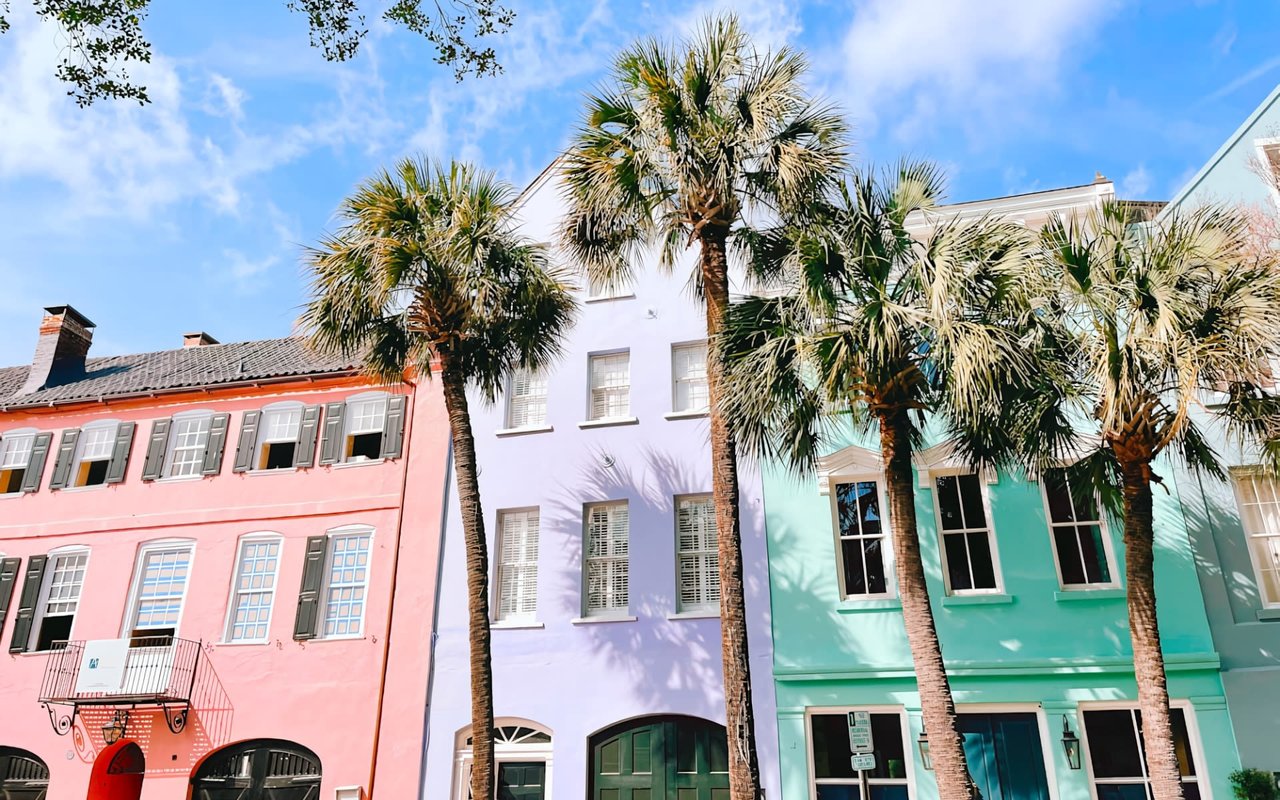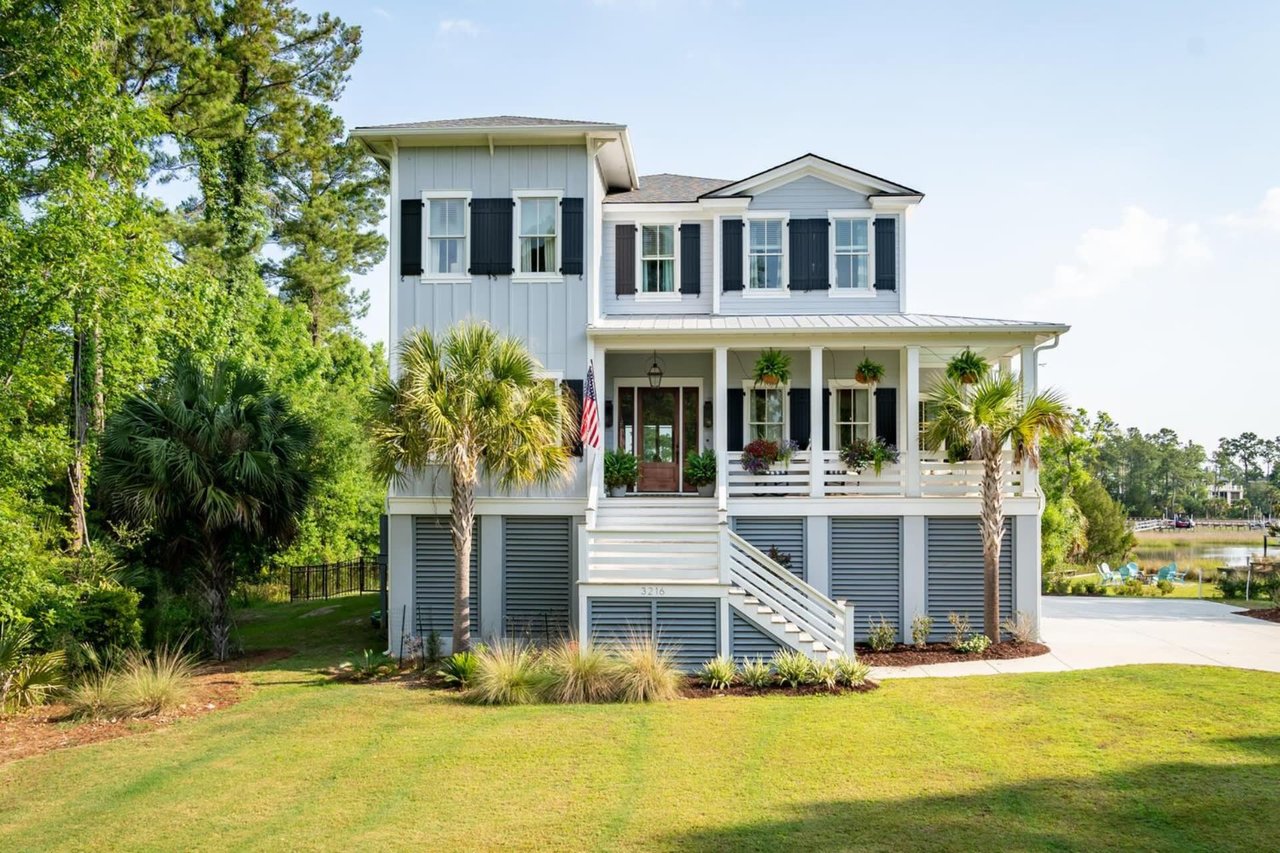Charleston, South Carolina, has a deep and varied history. Founded in 1670, the city has played a role in major events from the colonial period to the Civil War and beyond. Its well-preserved architecture and historic sites offer a glimpse into its past, while its cultural heritage reflects a mix of influences. This guide explores Charleston's vital historical landmarks, significant events, and cultural developments that have shaped the city into what it is today.
Early History and Founding
The history of Charleston, SC, begins with its founding in 1670 by English colonists. Originally named Charles Towne in honor of King Charles II, the settlement was established on the west bank of the Ashley River. In 1680, the town relocated to its present site on the peninsula formed by the Ashley and Cooper Rivers, which provided a more defensible location and better access to trade routes.
Charleston quickly grew into a bustling port city, playing a crucial role in the transatlantic trade. The city's economy was initially based on importing deerskins, lumber, and naval stores. However, it soon shifted to the cultivation of rice and indigo, which became the primary cash crops thanks to the expertise of enslaved Africans who were brought to work on the plantations.
Charleston quickly grew into a bustling port city, playing a crucial role in the transatlantic trade. The city's economy was initially based on importing deerskins, lumber, and naval stores. However, it soon shifted to the cultivation of rice and indigo, which became the primary cash crops thanks to the expertise of enslaved Africans who were brought to work on the plantations.
Colonial Charleston
During the colonial period, Charleston became one of the wealthiest and most significant cities in the American South. Its strategic location made it a hub for trade and commerce. The city’s wealth attracted settlers from various backgrounds, including English, French Huguenots, Scots-Irish, and Africans, creating a diverse landscape.
The architecture of colonial Charleston reflects this diversity and prosperity. Historic buildings such as the Heyward-Washington House, built in 1772, and the Old Exchange and Provost Dungeon, completed in 1771, showcase the city's colonial grandeur. The latter building played a significant role during the American Revolution, serving as a meeting place for patriots and later as a British prison.
The architecture of colonial Charleston reflects this diversity and prosperity. Historic buildings such as the Heyward-Washington House, built in 1772, and the Old Exchange and Provost Dungeon, completed in 1771, showcase the city's colonial grandeur. The latter building played a significant role during the American Revolution, serving as a meeting place for patriots and later as a British prison.
Revolutionary War and Independence
The history of Charleston, SC, during the American Revolution, is marked by its strategic importance and the fierce battles fought for control. Charleston was a center of revolutionary activity, with residents actively participating in the struggle for independence. The Siege of Charleston in 1780 was one of the major conflicts of the war, resulting in the British capture of the city. It remained under British control until the end of the war in 1782.
One of the city's most significant historical figures from this period is Francis Marion, known as the "Swamp Fox." Marion's guerrilla warfare tactics against the British earned him a legendary status and played a crucial role in the eventual American victory.
One of the city's most significant historical figures from this period is Francis Marion, known as the "Swamp Fox." Marion's guerrilla warfare tactics against the British earned him a legendary status and played a crucial role in the eventual American victory.
Antebellum Period and the Civil War
The antebellum period saw Charleston flourish as a major economic center in the South. The invention of the cotton gin in 1793 revitalized the economy, leading to a boom in cotton production. Charleston's port became one of the busiest in the country, facilitating the export of cotton and the import of goods.
The Civil War had a profound impact on Charleston. The war began in 1861 with the Confederate attack on Fort Sumter, located in Charleston Harbor. This event marked the start of the conflict that would engulf the nation for four years. Charleston endured a prolonged siege and extensive bombardment during the war, leading to significant destruction.
The Civil War had a profound impact on Charleston. The war began in 1861 with the Confederate attack on Fort Sumter, located in Charleston Harbor. This event marked the start of the conflict that would engulf the nation for four years. Charleston endured a prolonged siege and extensive bombardment during the war, leading to significant destruction.
Reconstruction and the Late 19th Century
The post-Civil War era, known as Reconstruction, was a time of significant social and economic upheaval in Charleston. The city faced the daunting task of rebuilding its infrastructure and economy while navigating the complex process of integrating formerly enslaved people into society.
Despite these challenges, Charleston began to recover. The city's architecture from this period reflects both the resilience and the struggles of its residents. The Gothic Revival-style Cathedral of St. John the Baptist, completed in 1907, symbolizes the city's rebirth and renewal.
Charleston also became a center for the African American community during this time. The Avery Normal Institute, founded in 1865, was one of the first schools established for the education of African Americans in the South. It played a vital role in advancing educational opportunities and civil rights for African Americans in Charleston.
Despite these challenges, Charleston began to recover. The city's architecture from this period reflects both the resilience and the struggles of its residents. The Gothic Revival-style Cathedral of St. John the Baptist, completed in 1907, symbolizes the city's rebirth and renewal.
Charleston also became a center for the African American community during this time. The Avery Normal Institute, founded in 1865, was one of the first schools established for the education of African Americans in the South. It played a vital role in advancing educational opportunities and civil rights for African Americans in Charleston.
The 20th Century: Preservation and Growth
Charleston embraced historic preservation as a means of revitalizing the city in the early 20th century. In 1920, the Preservation Society of Charleston was founded, becoming one of the first organizations in the United States dedicated to preserving historic buildings and landmarks. This movement helped to protect and restore many of Charleston's architectural treasures.
The Great Depression and World War II brought economic challenges, but Charleston's strategic military importance ensured continued investment. The Charleston Naval Shipyard, established in 1901, played a crucial role in the war effort and contributed to the local economy.
In the post-war era, Charleston experienced significant growth and modernization. The expansion of the port, improved infrastructure, and the development of new industries contributed to the city's economic resurgence. Tourism also emerged as a vital industry, with visitors drawn to Charleston's historic charm and cultural offerings.
The Great Depression and World War II brought economic challenges, but Charleston's strategic military importance ensured continued investment. The Charleston Naval Shipyard, established in 1901, played a crucial role in the war effort and contributed to the local economy.
In the post-war era, Charleston experienced significant growth and modernization. The expansion of the port, improved infrastructure, and the development of new industries contributed to the city's economic resurgence. Tourism also emerged as a vital industry, with visitors drawn to Charleston's historic charm and cultural offerings.
Modern Charleston: A Blend of Past and Present
Today, the history of Charleston, SC, is celebrated and preserved while the city continues to evolve. The historic district attracts millions of visitors each year with its cobblestone streets, antebellum mansions, and well-preserved buildings. The Charleston Museum, founded in 1773, is the oldest museum in the United States and offers a comprehensive look at the city's history and heritage.
Charleston's commitment to preserving its past is evident in the numerous historic sites and museums that dot the city. The Nathaniel Russell House, an exquisite example of Federal-style architecture, and the Aiken-Rhett House, which provides insights into urban life in the antebellum South, are just a few of the landmarks open to the public.
Cultural heritage is also celebrated through festivals and events. The Spoleto Festival USA, established in 1977, is an internationally renowned performing arts festival that brings together artists from around the world. The annual MOJA Arts Festival celebrates African American and Caribbean culture, highlighting Charleston's diverse cultural heritage.
Charleston's commitment to preserving its past is evident in the numerous historic sites and museums that dot the city. The Nathaniel Russell House, an exquisite example of Federal-style architecture, and the Aiken-Rhett House, which provides insights into urban life in the antebellum South, are just a few of the landmarks open to the public.
Cultural heritage is also celebrated through festivals and events. The Spoleto Festival USA, established in 1977, is an internationally renowned performing arts festival that brings together artists from around the world. The annual MOJA Arts Festival celebrates African American and Caribbean culture, highlighting Charleston's diverse cultural heritage.
Key Historical Landmarks
Charleston is home to numerous historical landmarks that offer a glimpse into its rich past. Some of the most notable include:
- Fort Sumter National Monument: Located in Charleston Harbor, Fort Sumter is where the first shots of the Civil War were fired. Visitors can take a boat tour to the fort and learn about its pivotal role in American history.
- The Battery and White Point Garden: This historic park and seawall promenade offer stunning views of Charleston Harbor. The area is lined with grand antebellum homes and features monuments and cannons from the Civil War era.
- Rainbow Row: A series of colorful historic houses along East Bay Street, Rainbow Row is one of the most photographed spots in Charleston. These 18th-century buildings have been meticulously restored and are a vibrant symbol of the city's architectural heritage.
- Drayton Hall: This 1738 plantation house is one of the oldest preserved plantation homes in America. It offers guided tours that provide insights into the lives of both the plantation owners and the enslaved people who lived and worked there.
- Charleston City Market: Established in the 1790s, the Charleston City Market is a bustling marketplace where visitors can shop for local crafts, food, and souvenirs. The market is also home to Gullah artisans who create sweetgrass baskets, a traditional craft with deep cultural roots.
Discover Charleston's Heritage
The history of Charleston, SC, is shaped by diverse cultural influences and critical historical events. From its founding in the 17th century through the American Revolution, Civil War, and Civil Rights Movement, Charleston has played an essential role in U.S. history.
Today, Charleston preserves its past while looking to the future. Its historic sites, cultural festivals, and commitment to preservation make it a unique destination. Exploring Charleston's history reveals the events and stories that have shaped the city.
Whether visiting for the first time or returning to learn more, Charleston offers many ways to experience its rich history and cultural heritage. Explore its historical landmarks, cultural traditions, and stories to better appreciate this significant city.
If you’re looking to buy or sell property in Charleston, SC, Katherine Cox is the expert you need. With her deep knowledge of the local market and commitment to client satisfaction, Katherine will help you navigate the real estate process smoothly. Reach out to Katherine Cox today to get started on finding your ideal property or securing the best deal for your home.
Today, Charleston preserves its past while looking to the future. Its historic sites, cultural festivals, and commitment to preservation make it a unique destination. Exploring Charleston's history reveals the events and stories that have shaped the city.
Whether visiting for the first time or returning to learn more, Charleston offers many ways to experience its rich history and cultural heritage. Explore its historical landmarks, cultural traditions, and stories to better appreciate this significant city.
If you’re looking to buy or sell property in Charleston, SC, Katherine Cox is the expert you need. With her deep knowledge of the local market and commitment to client satisfaction, Katherine will help you navigate the real estate process smoothly. Reach out to Katherine Cox today to get started on finding your ideal property or securing the best deal for your home.

